Fuzzy logic provides a means of calculating intermediate values between absolute true and absolute false. It allows partial set membership and handles imprecise data. Fuzzy logic systems use membership functions to determine the degree to which inputs belong to sets and fuzzy inference systems to map inputs to outputs. Fuzzy logic has applications in devices like washing machines and cameras that require handling imprecise variables.
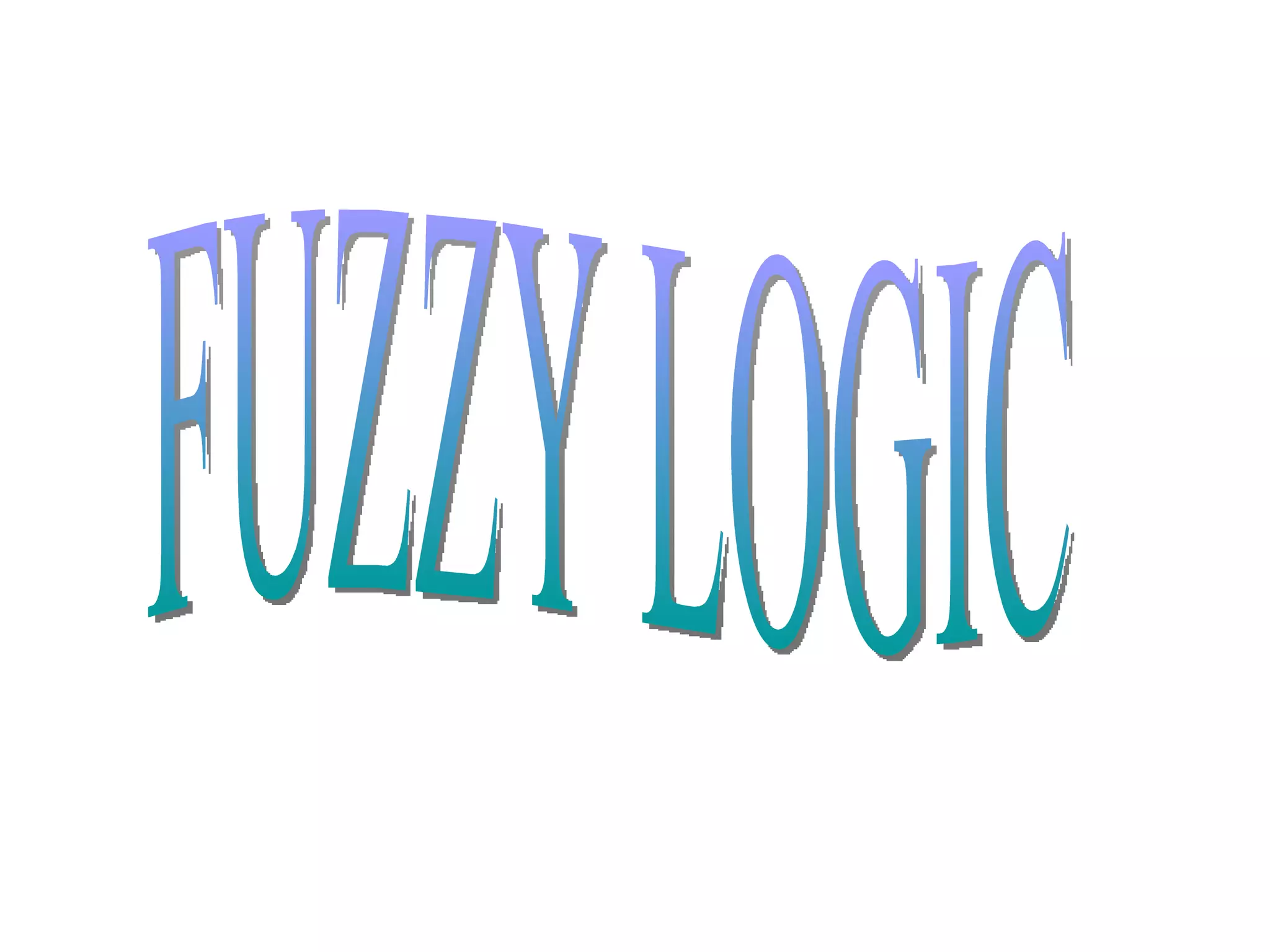
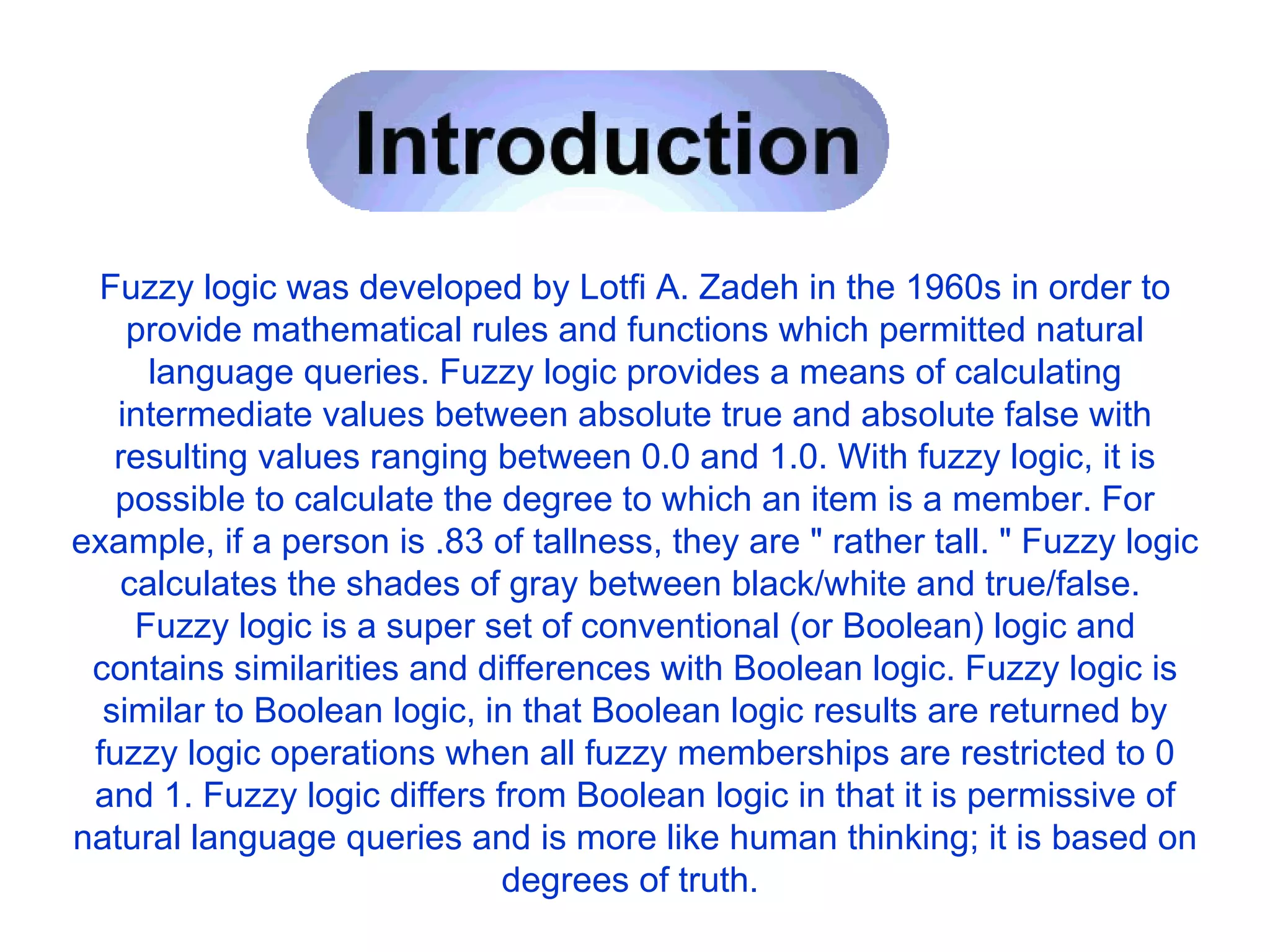
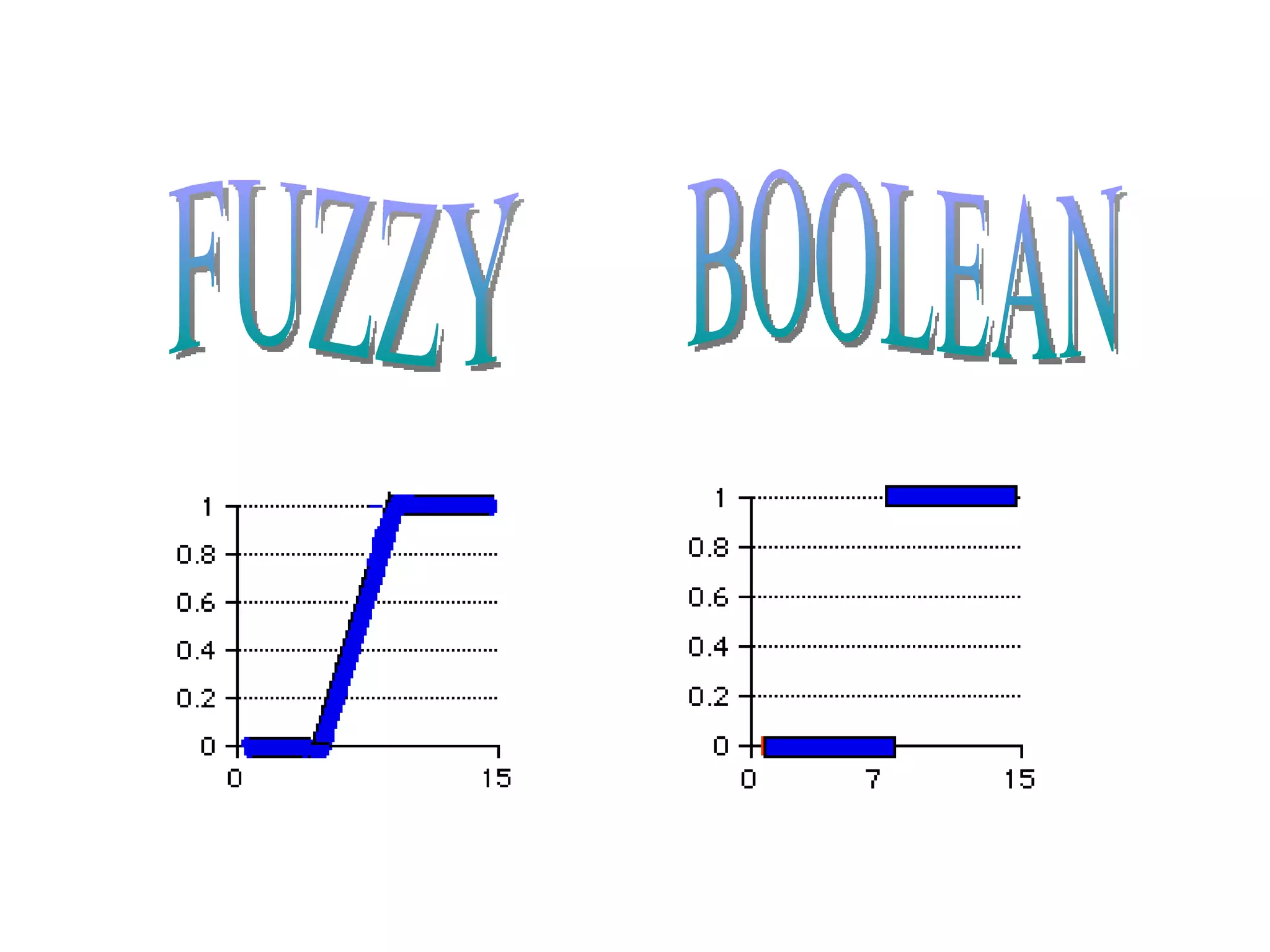

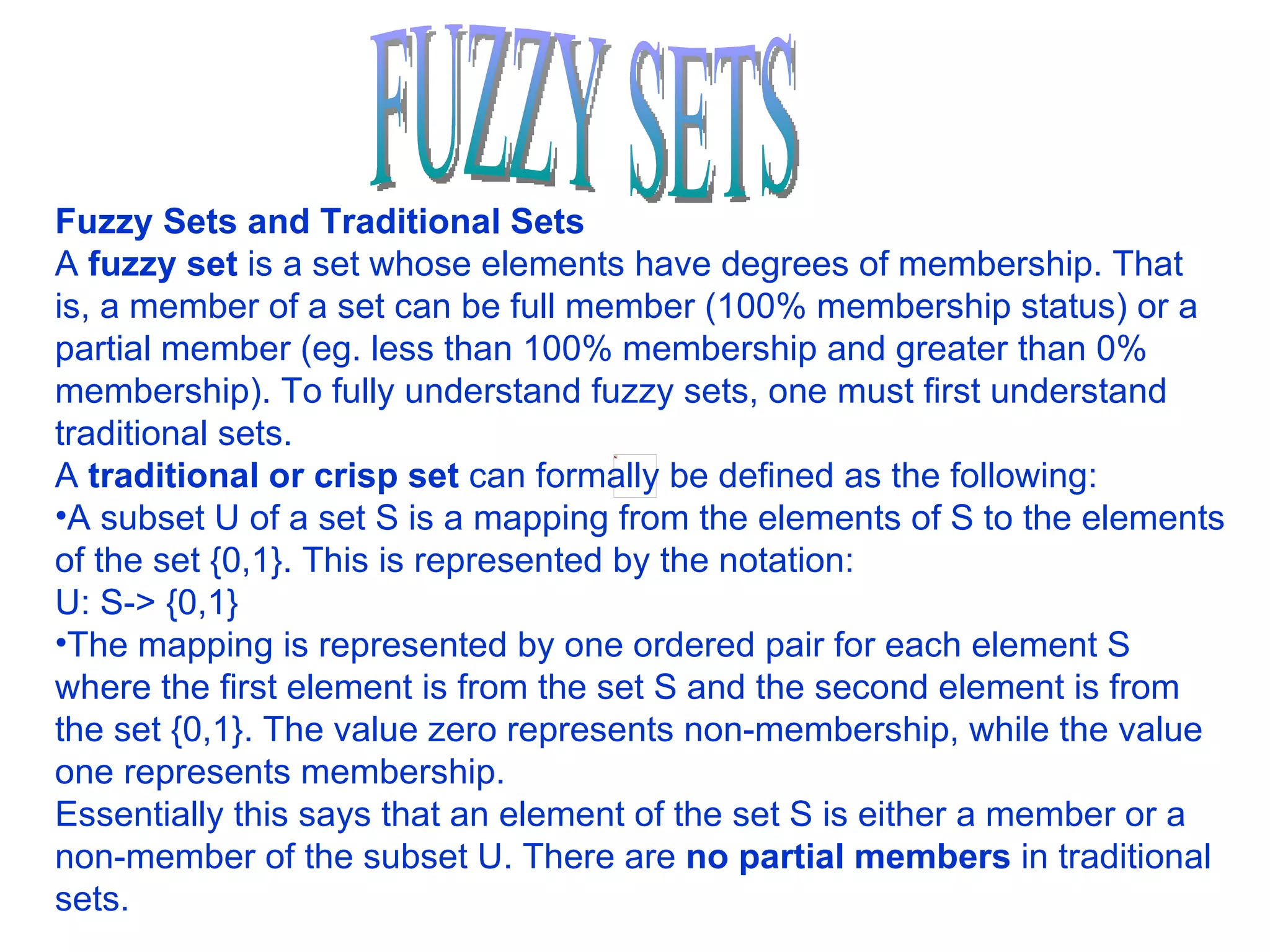
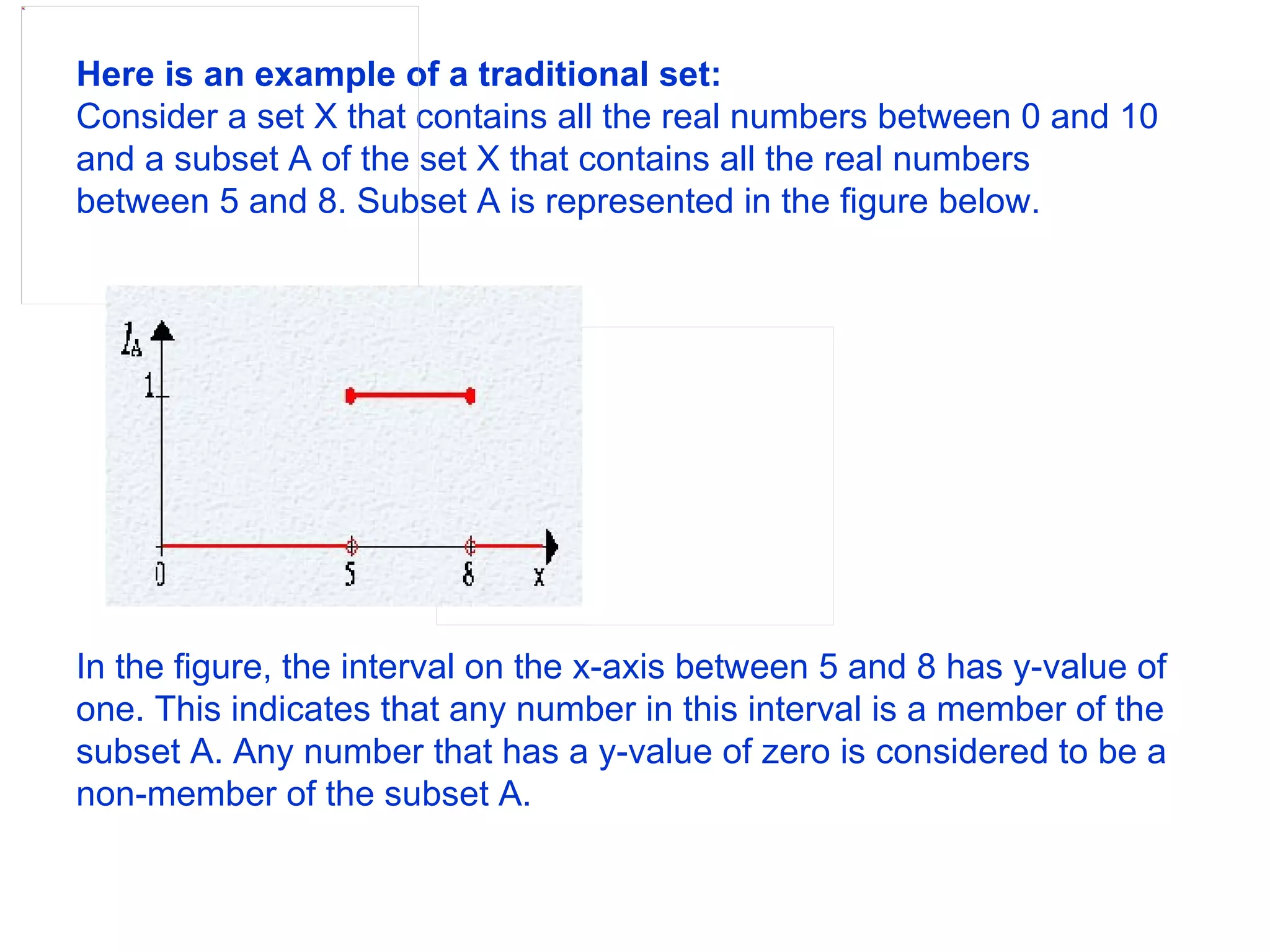
![Again a fuzzy set is a set whose elements have degrees of membership. These can formally be defined as the following: A fuzzy subset F of a set S can be defined as a set of ordered pairs. The first element of the ordered pair is from the set S, and the second element from the ordered pair is from the interval [0,1]. The value zero is used to represent non-membership; the value one is used to represent complete membership, and the values in between are used to represent degrees of membership.](https://image.slidesharecdn.com/presentation2-fl-1229405930108131-1/75/fuzzy-logic-7-2048.jpg)
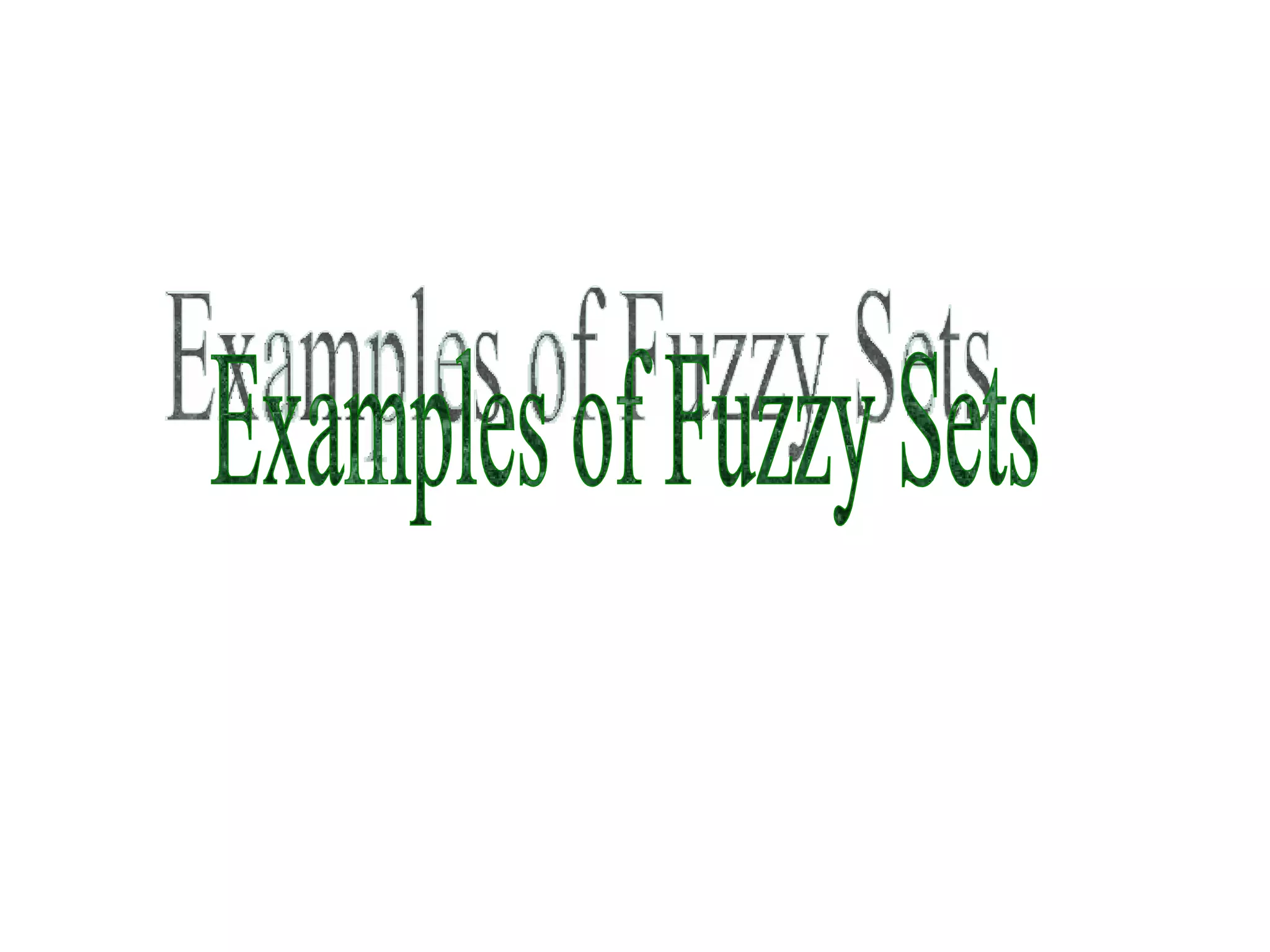
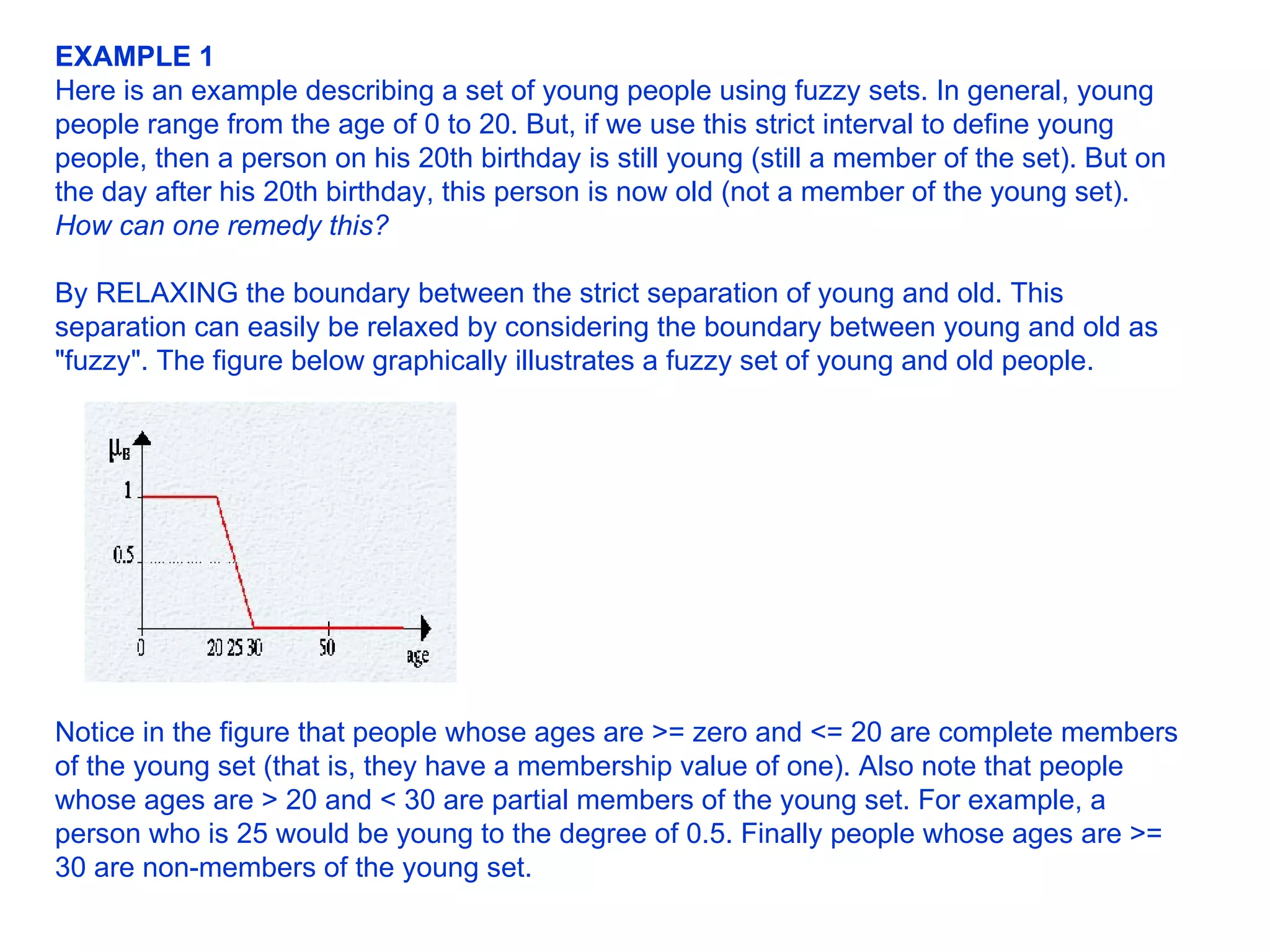
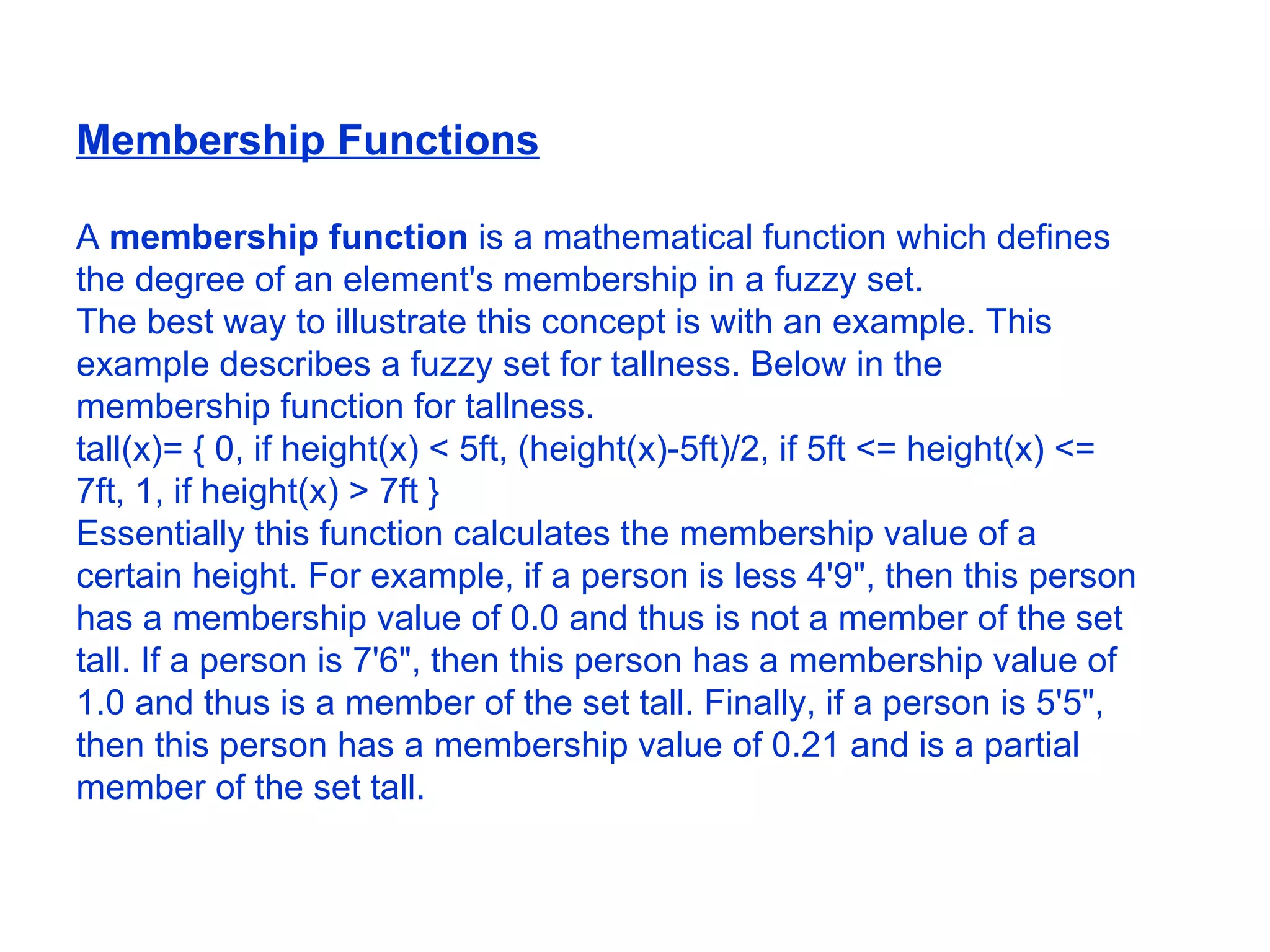
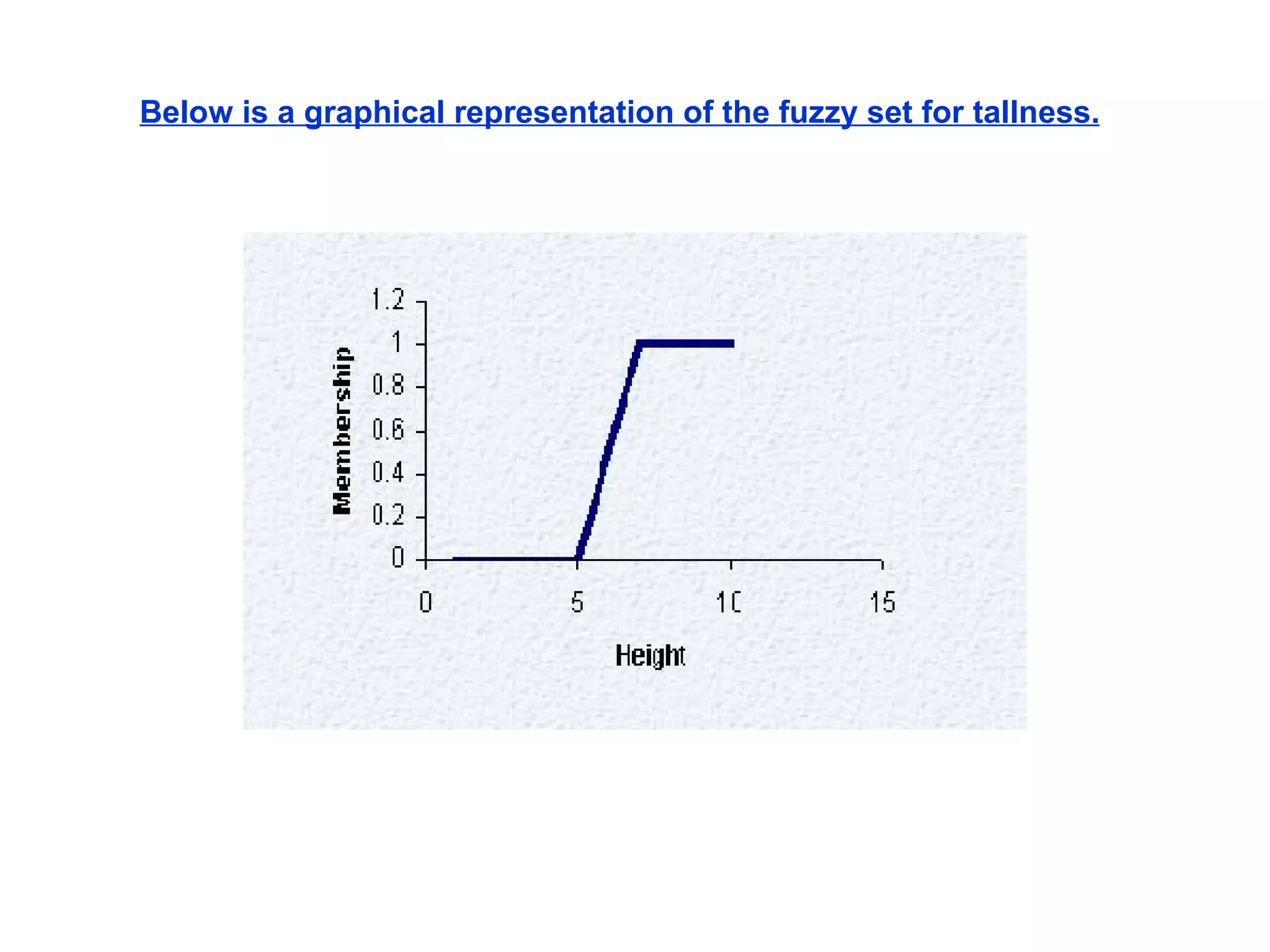
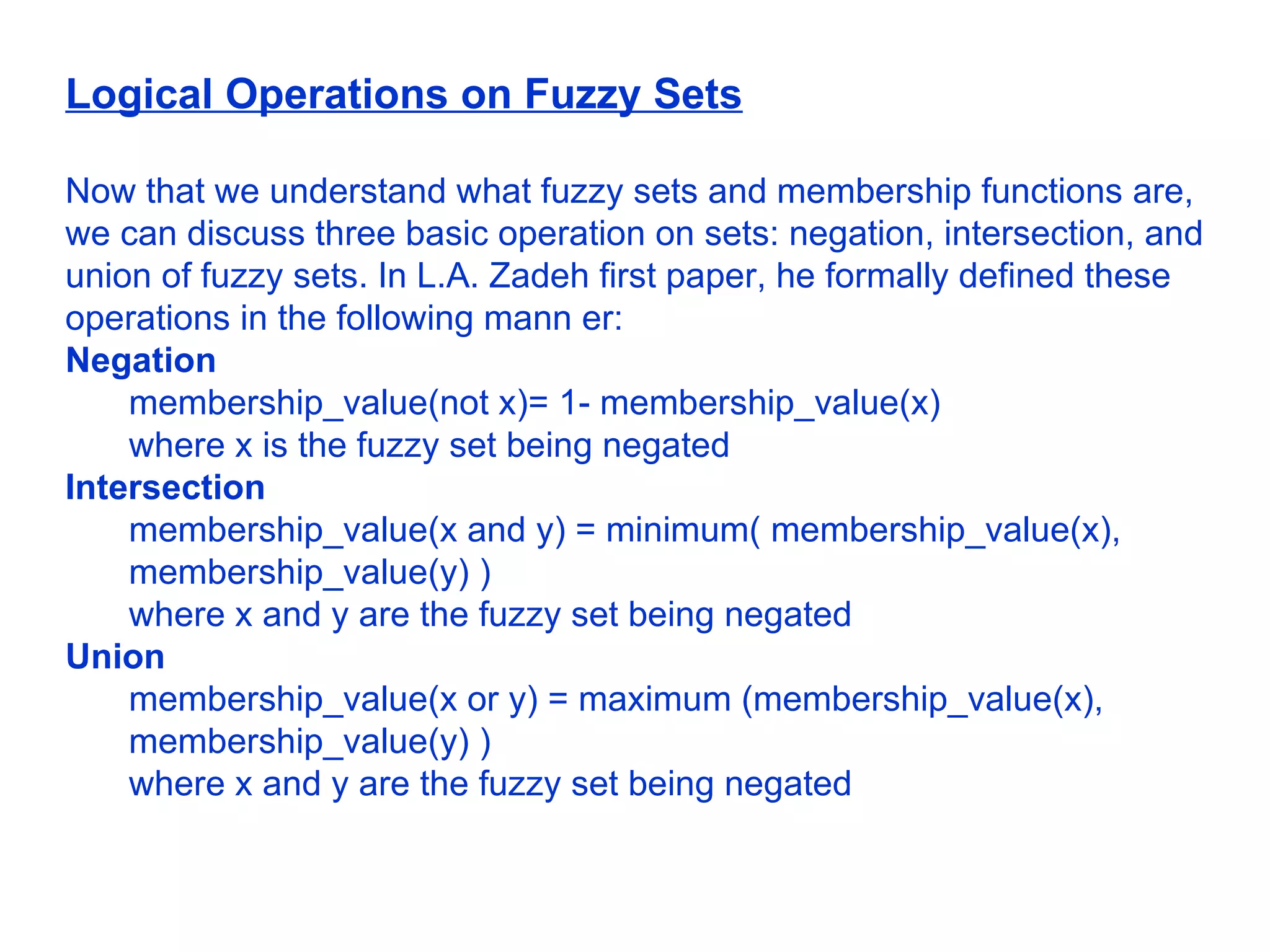


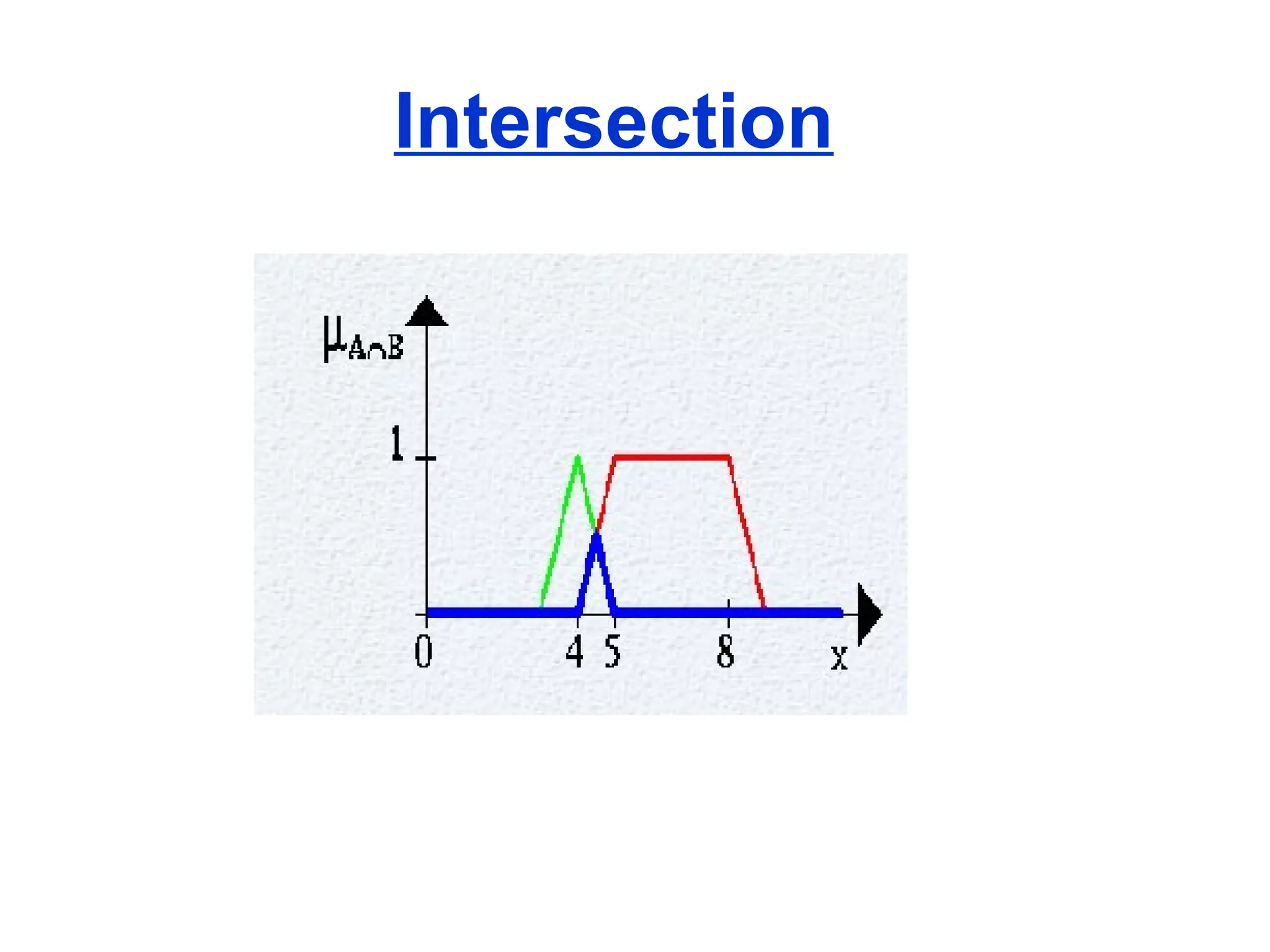

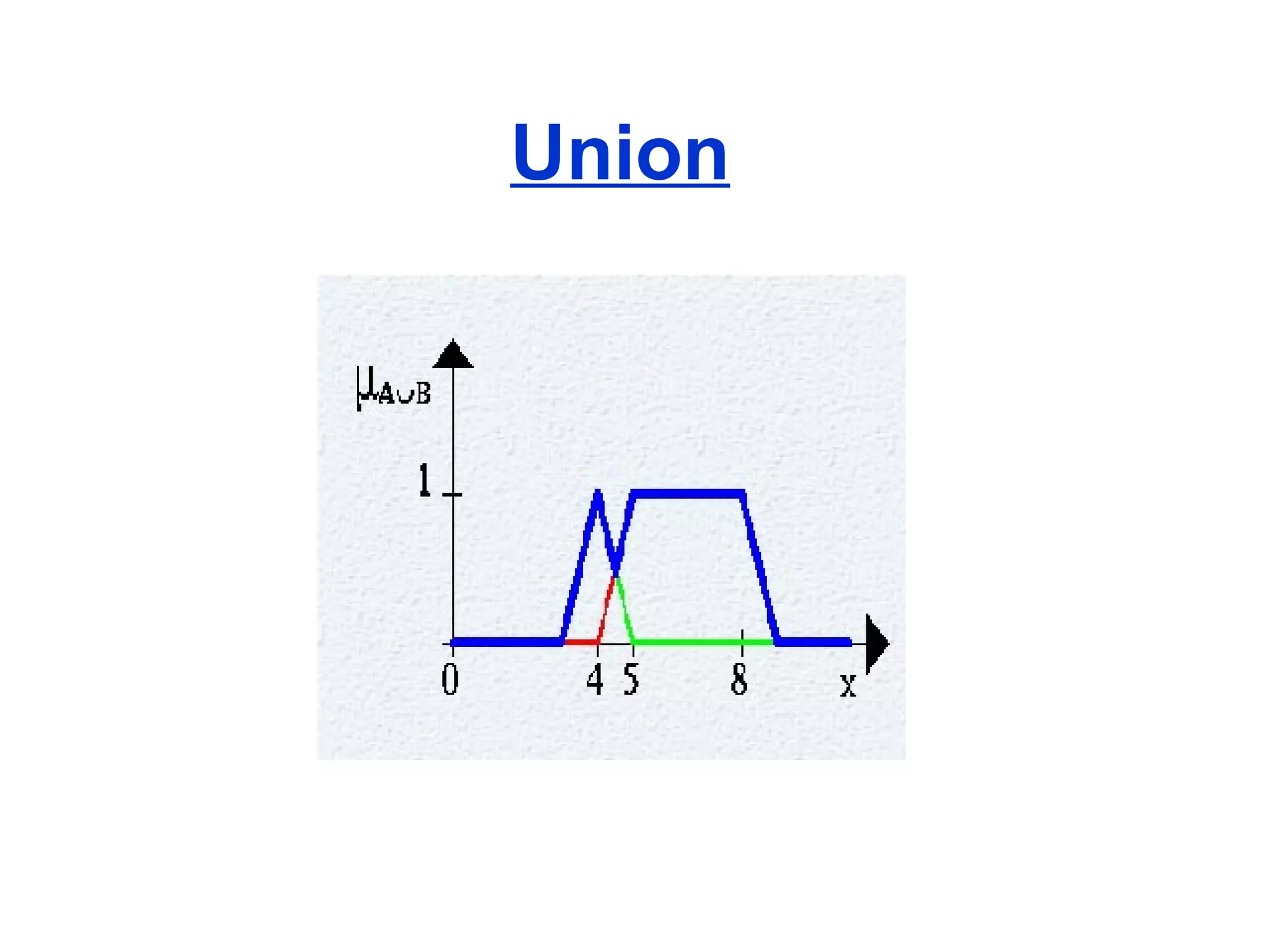
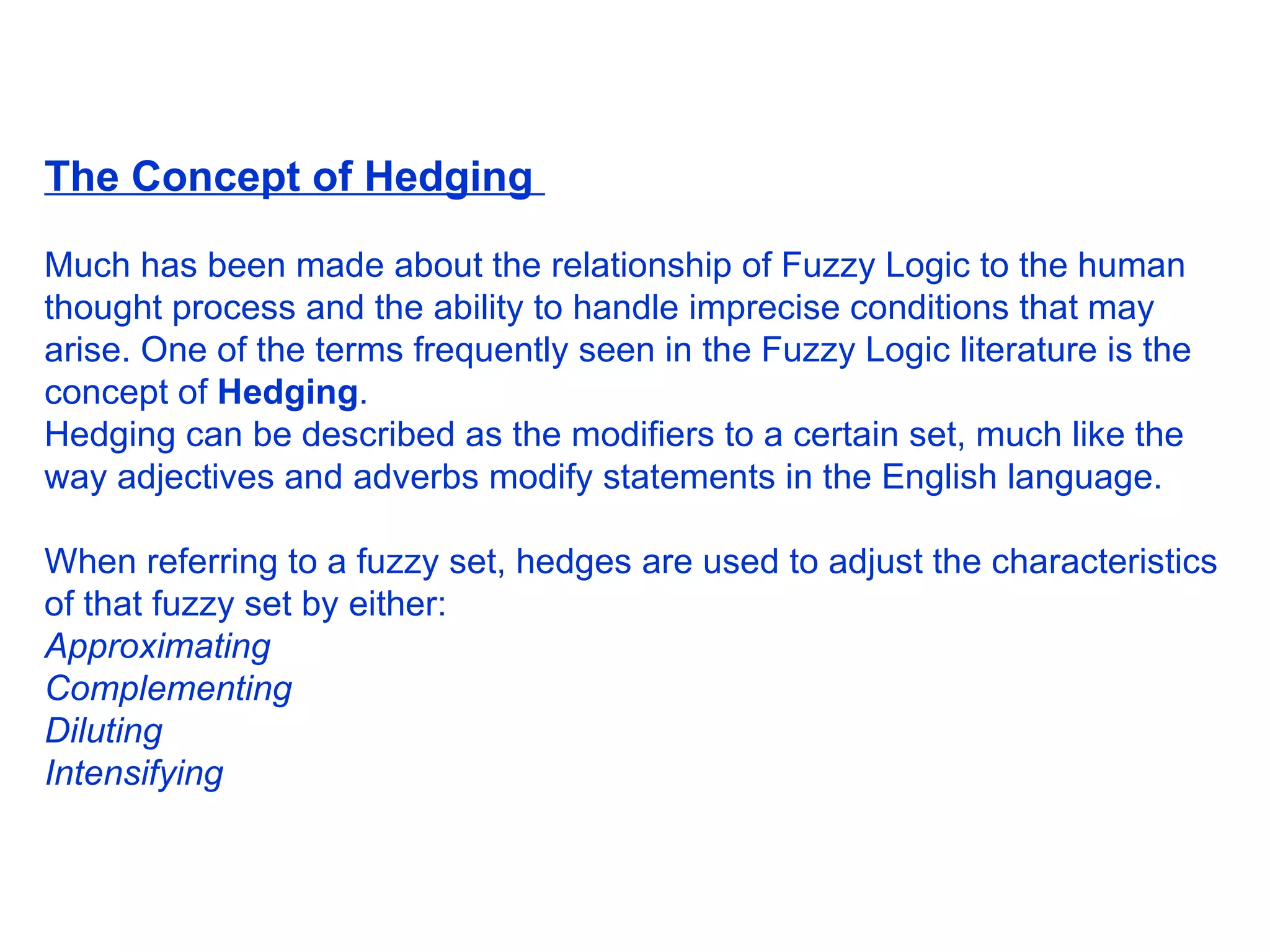
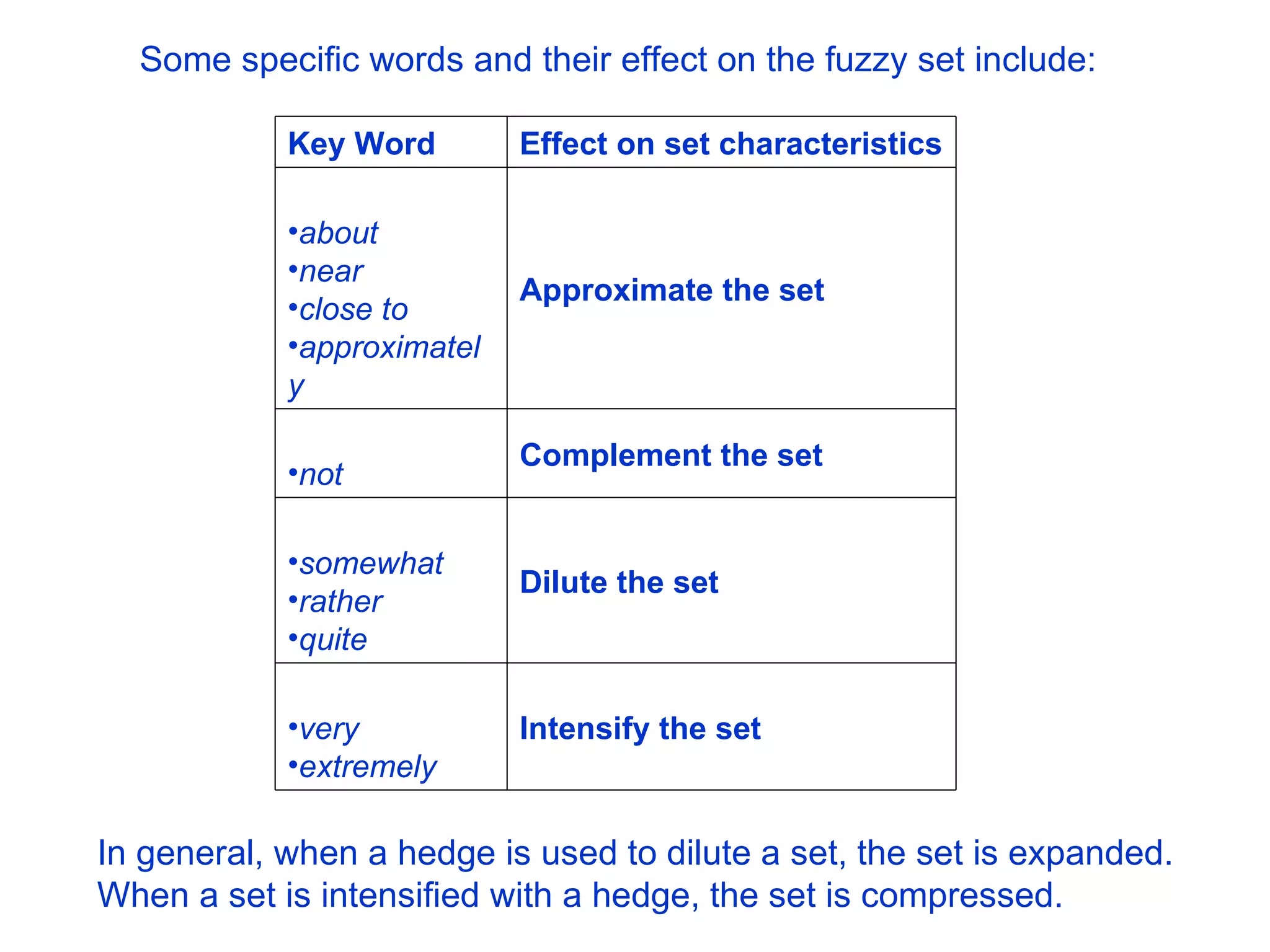
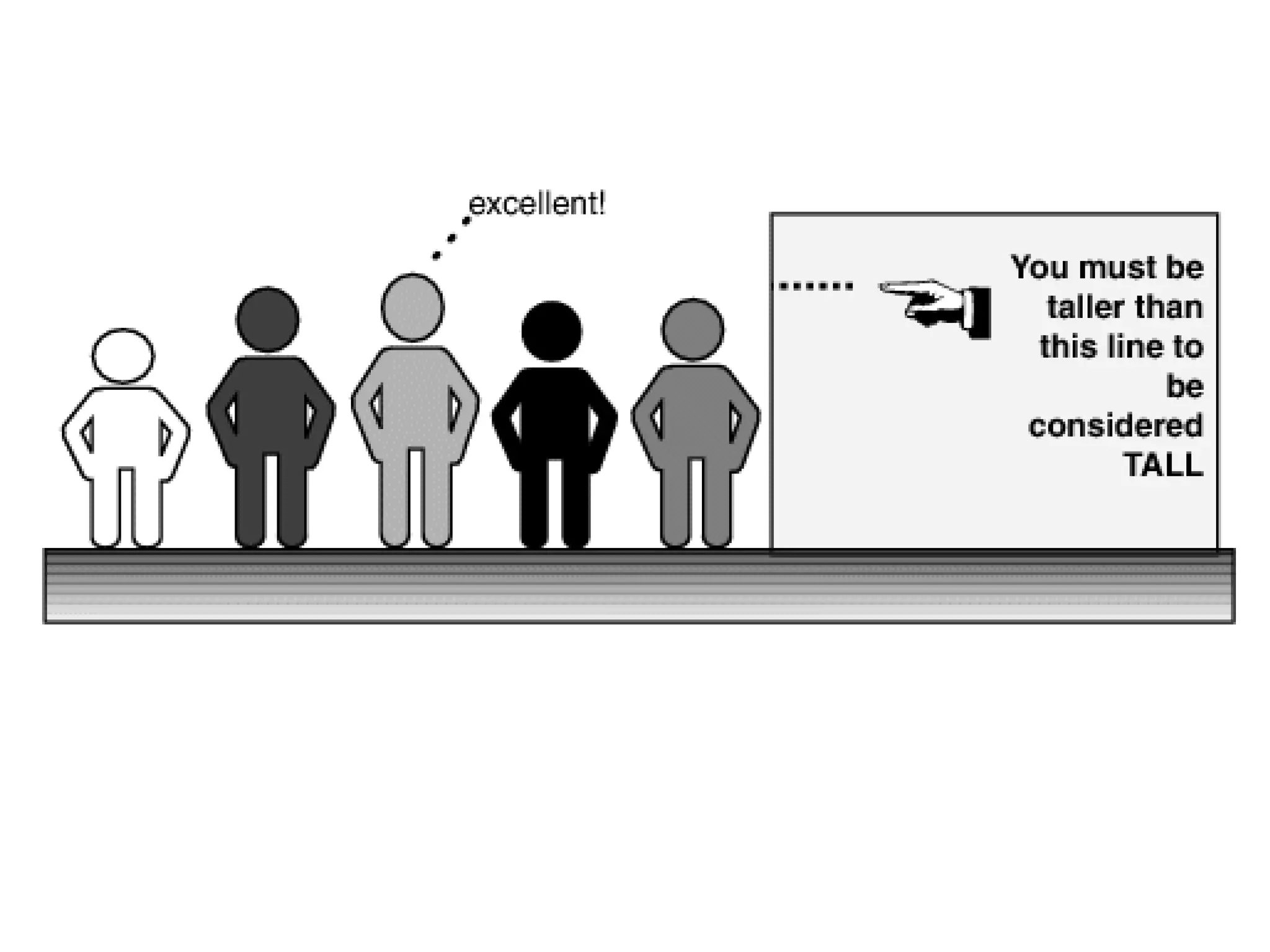
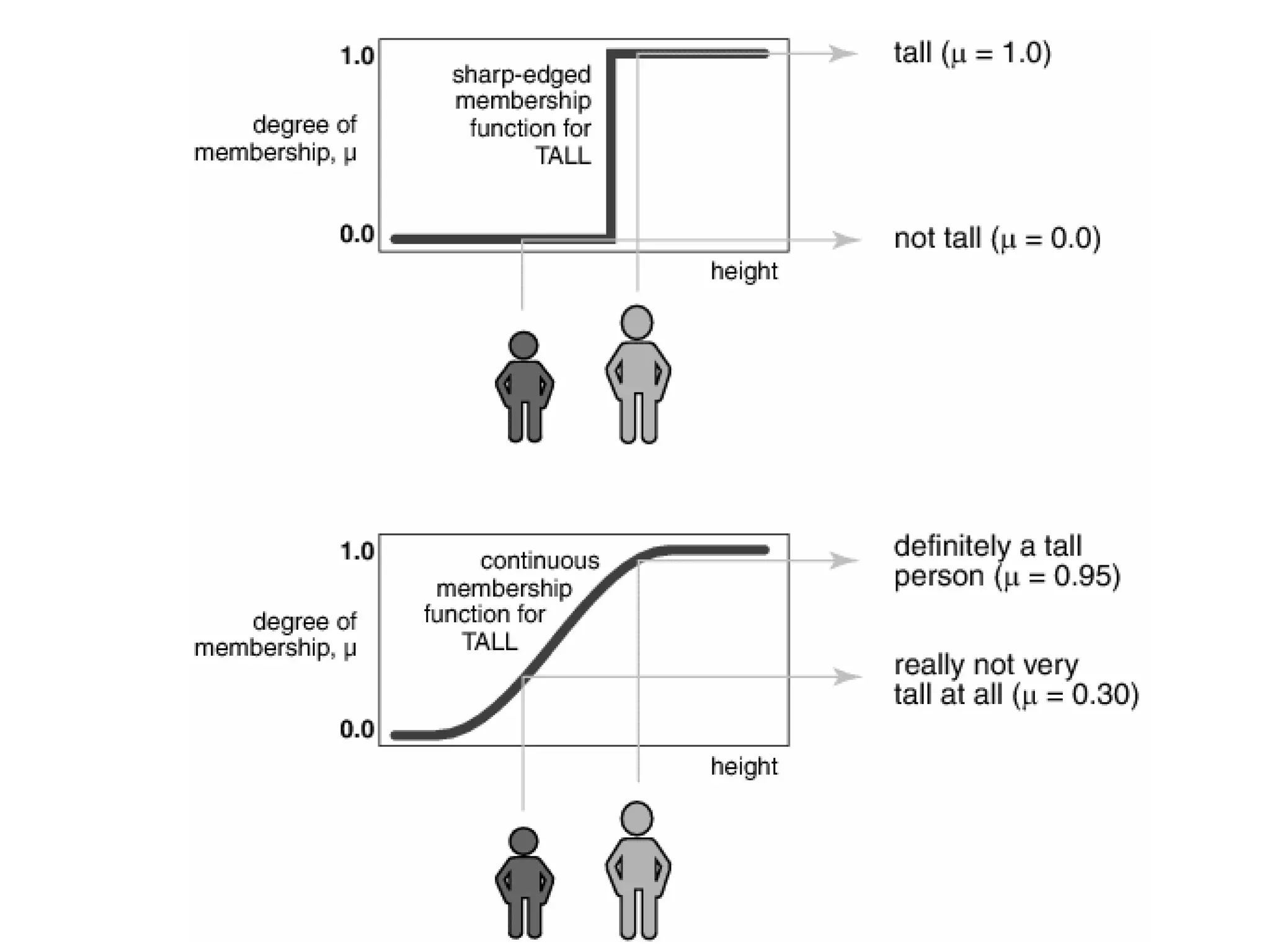


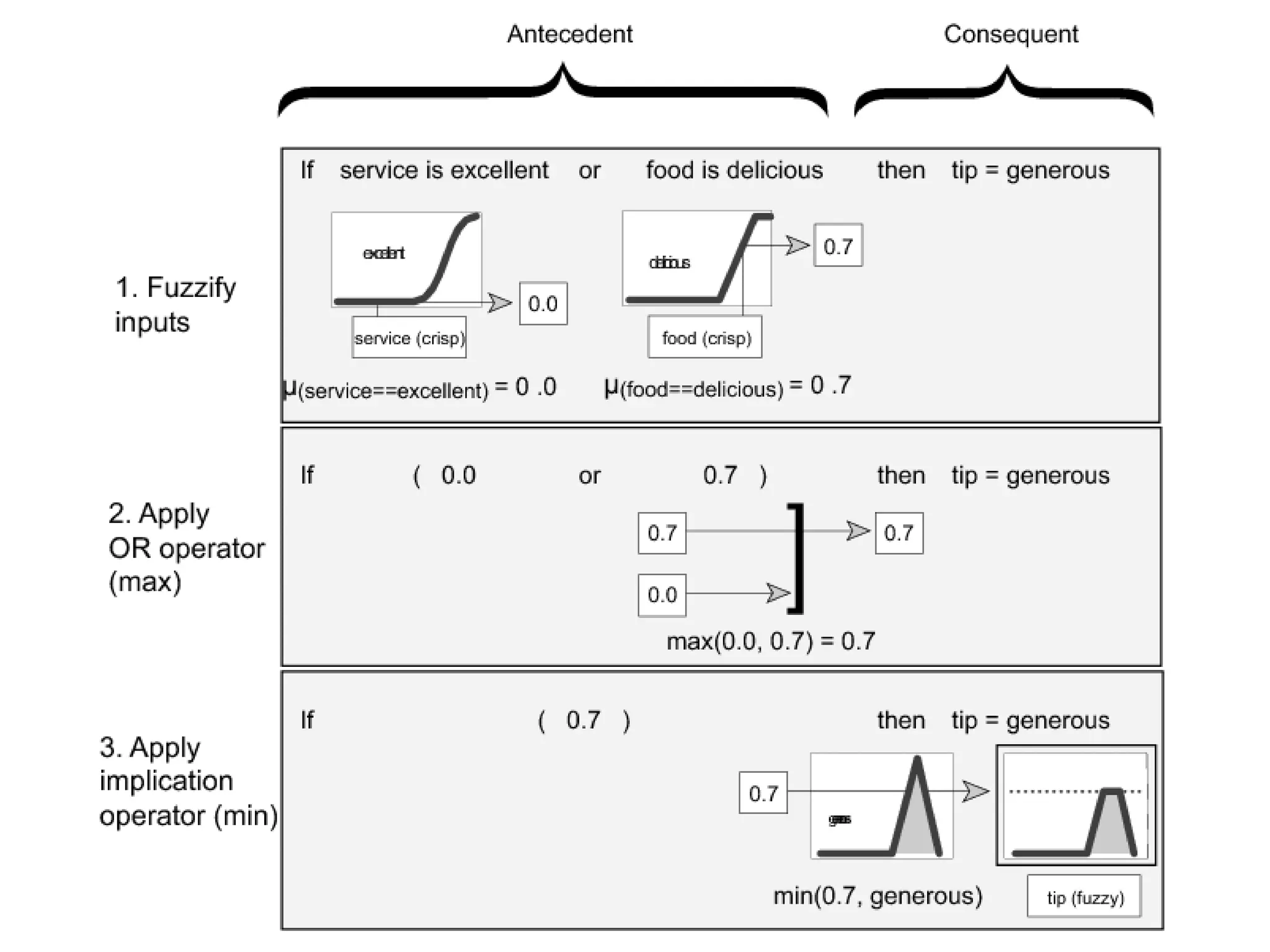
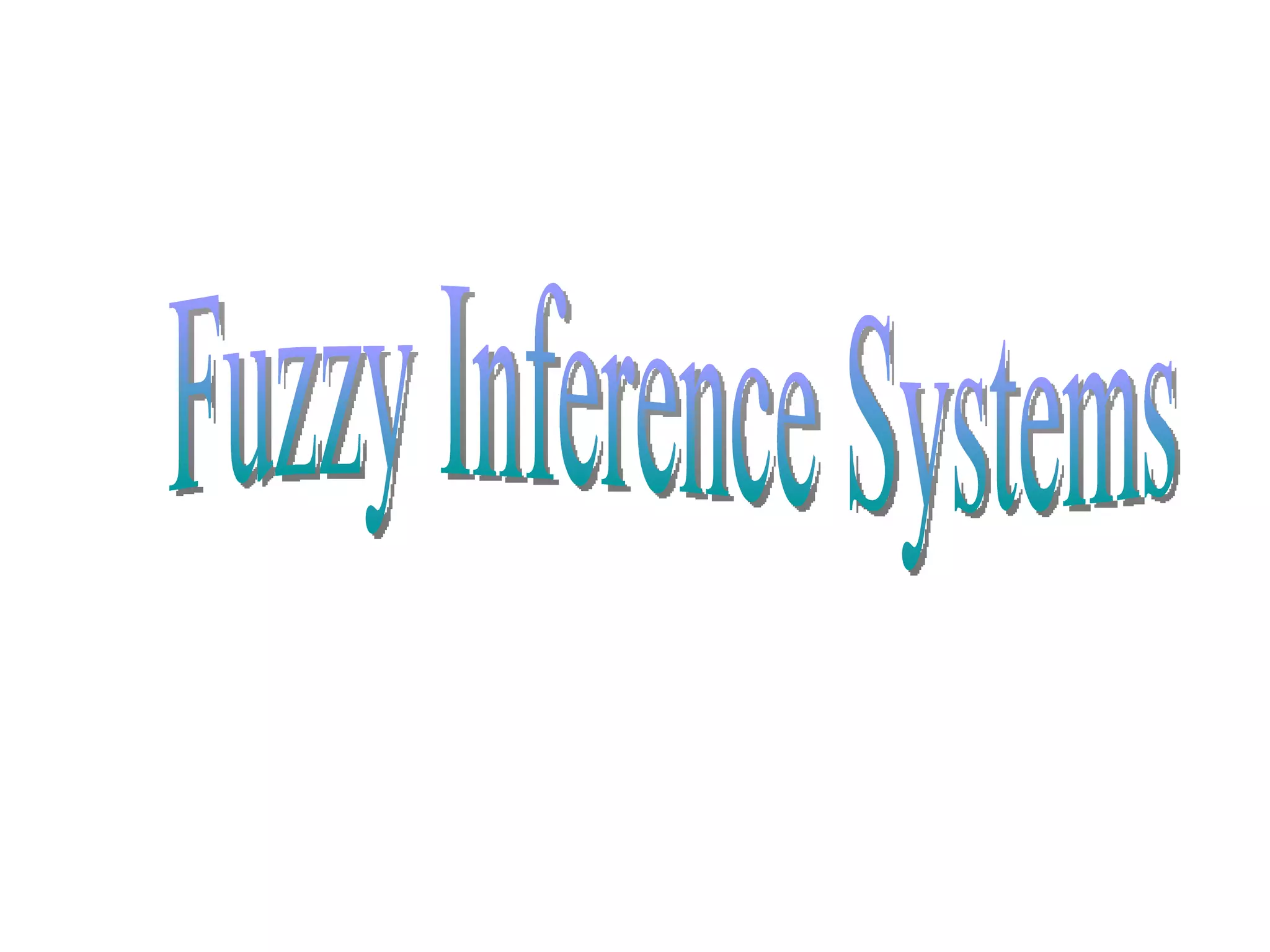
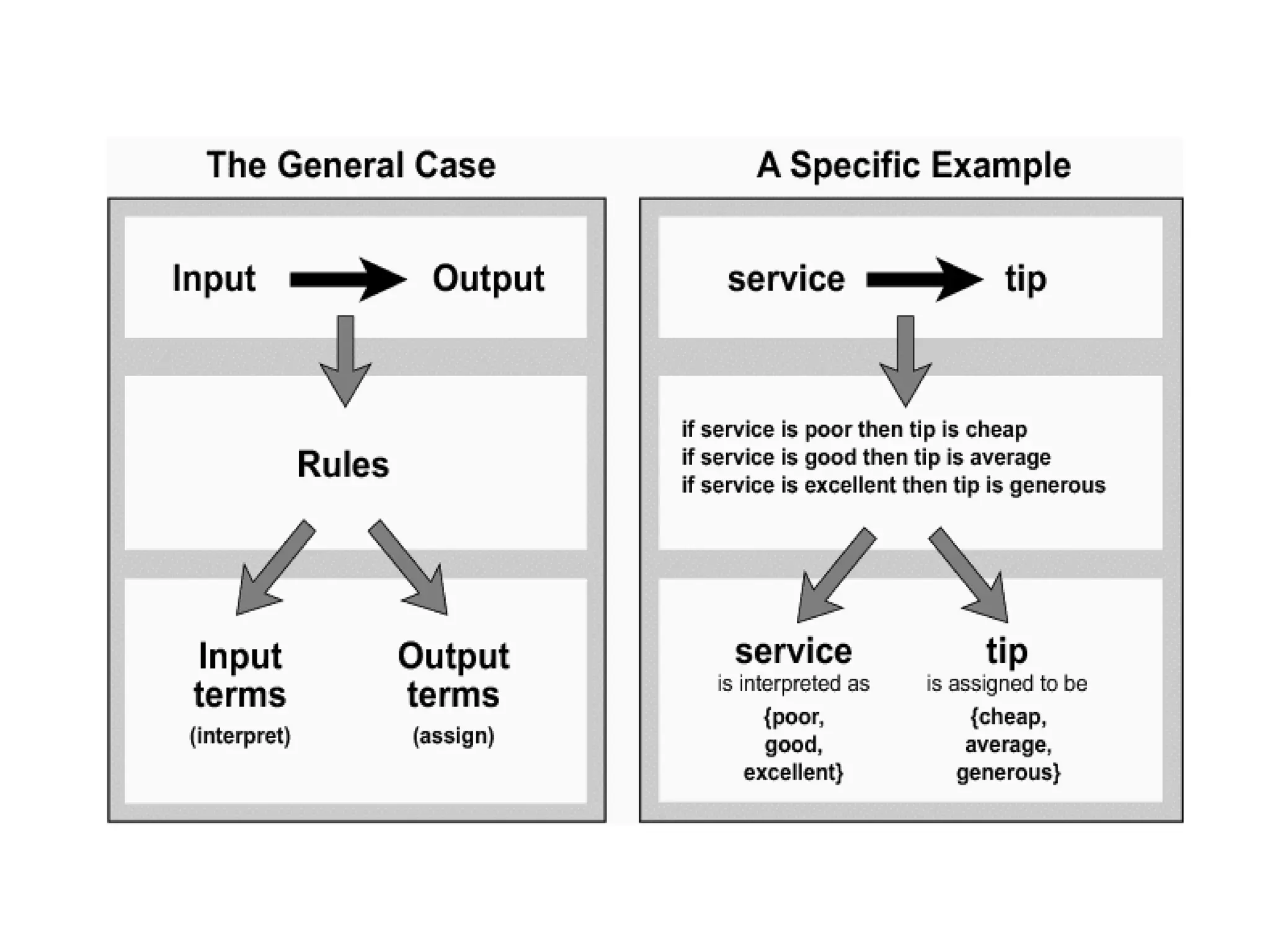
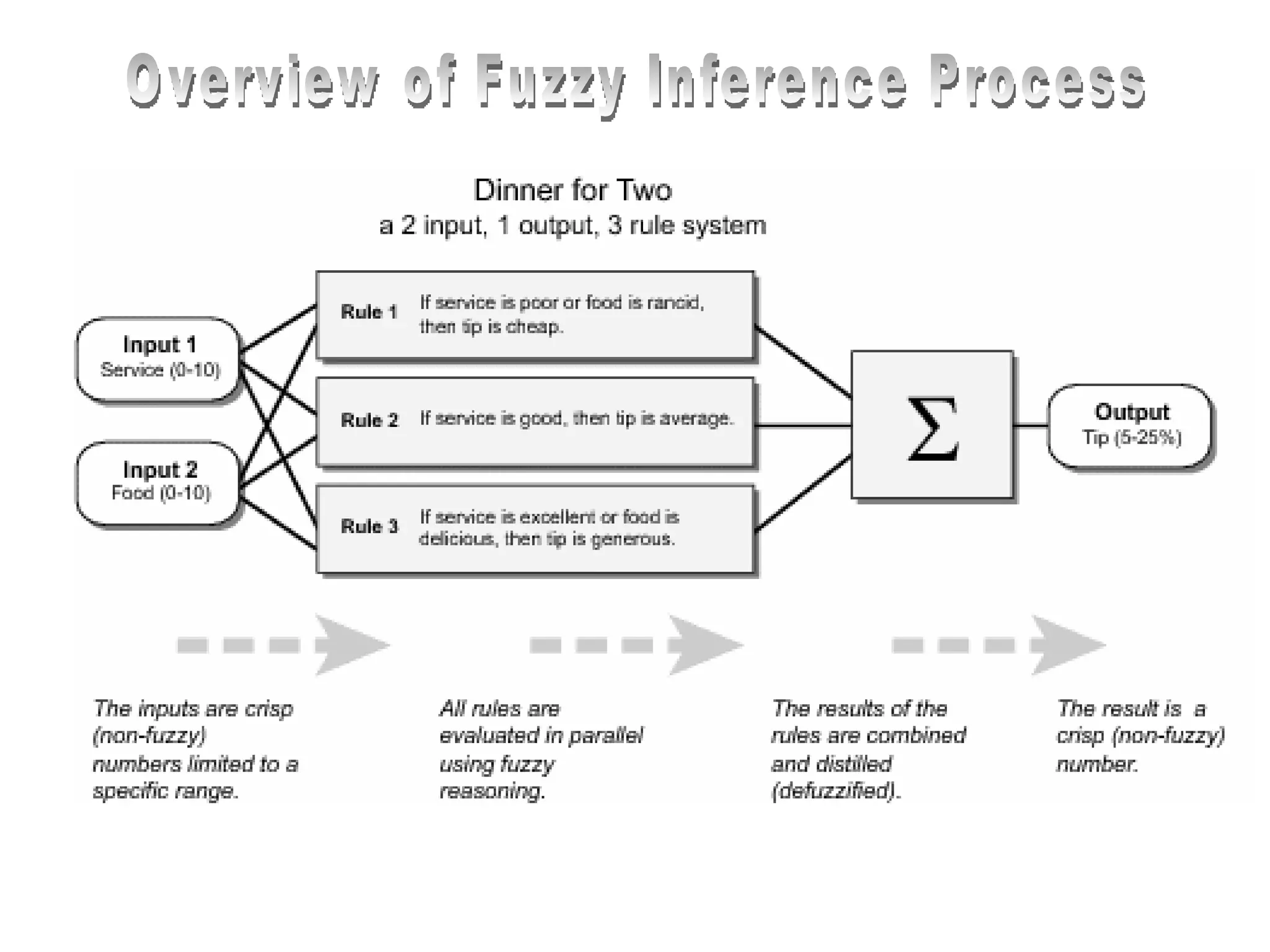
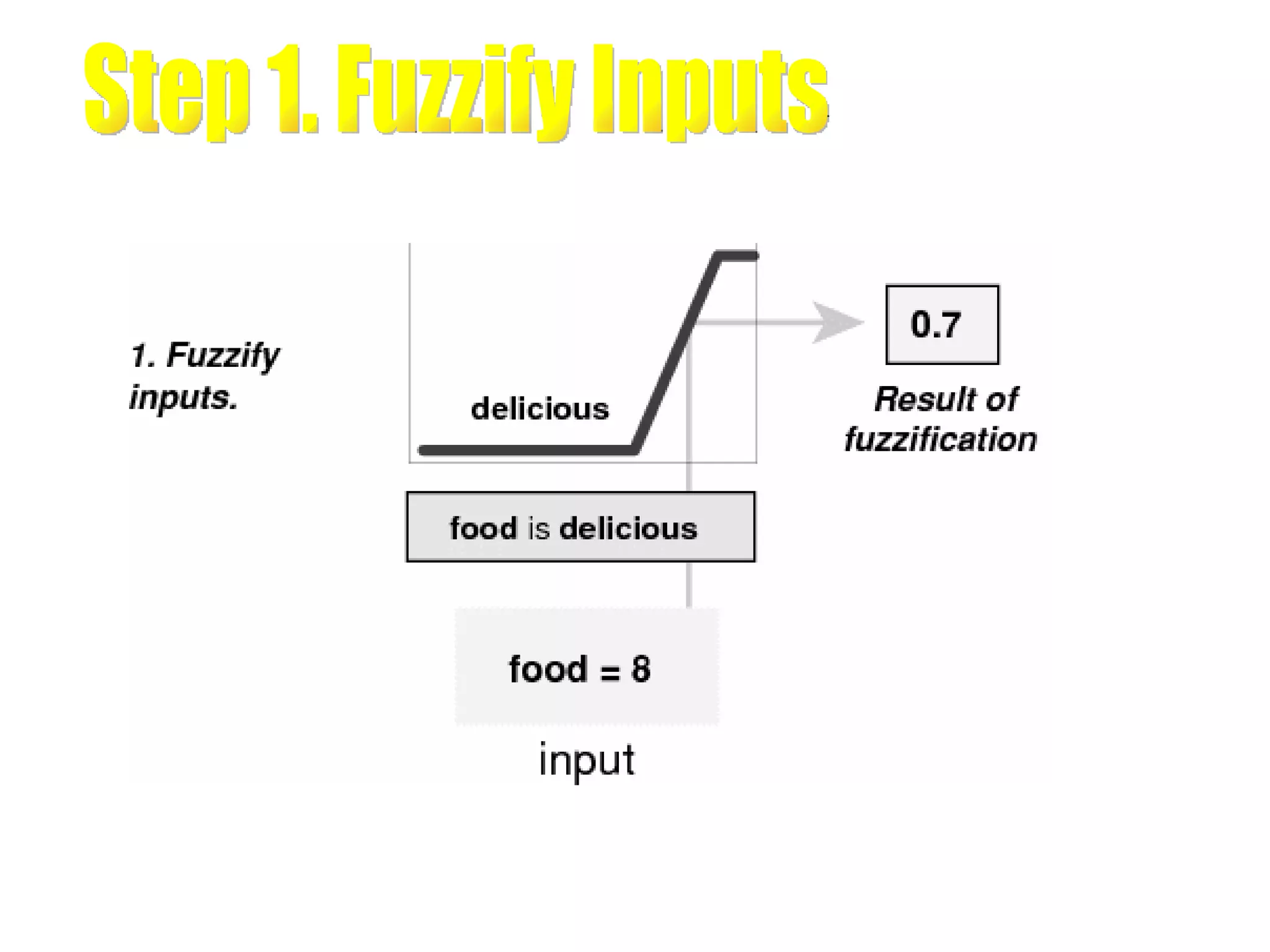
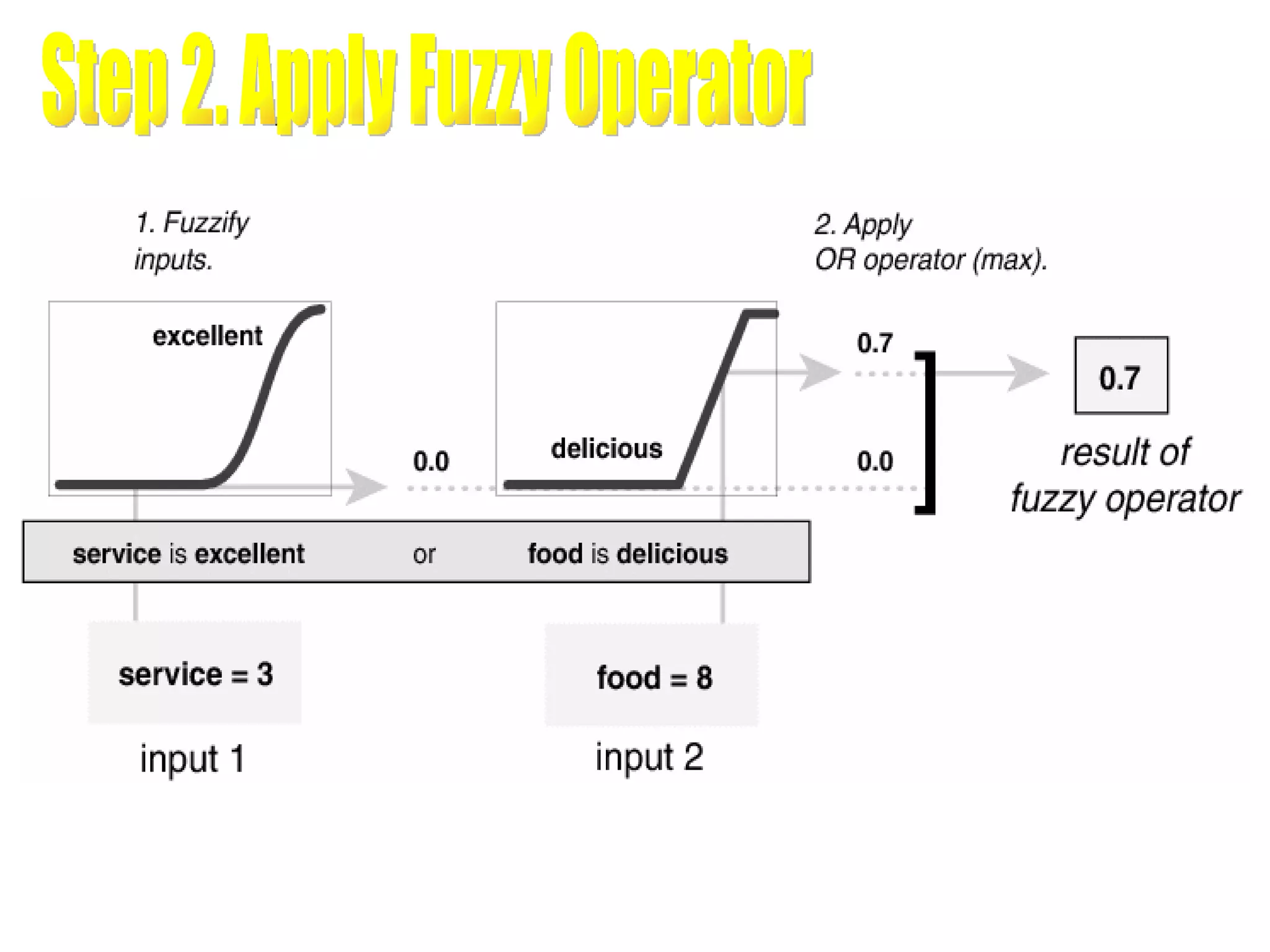
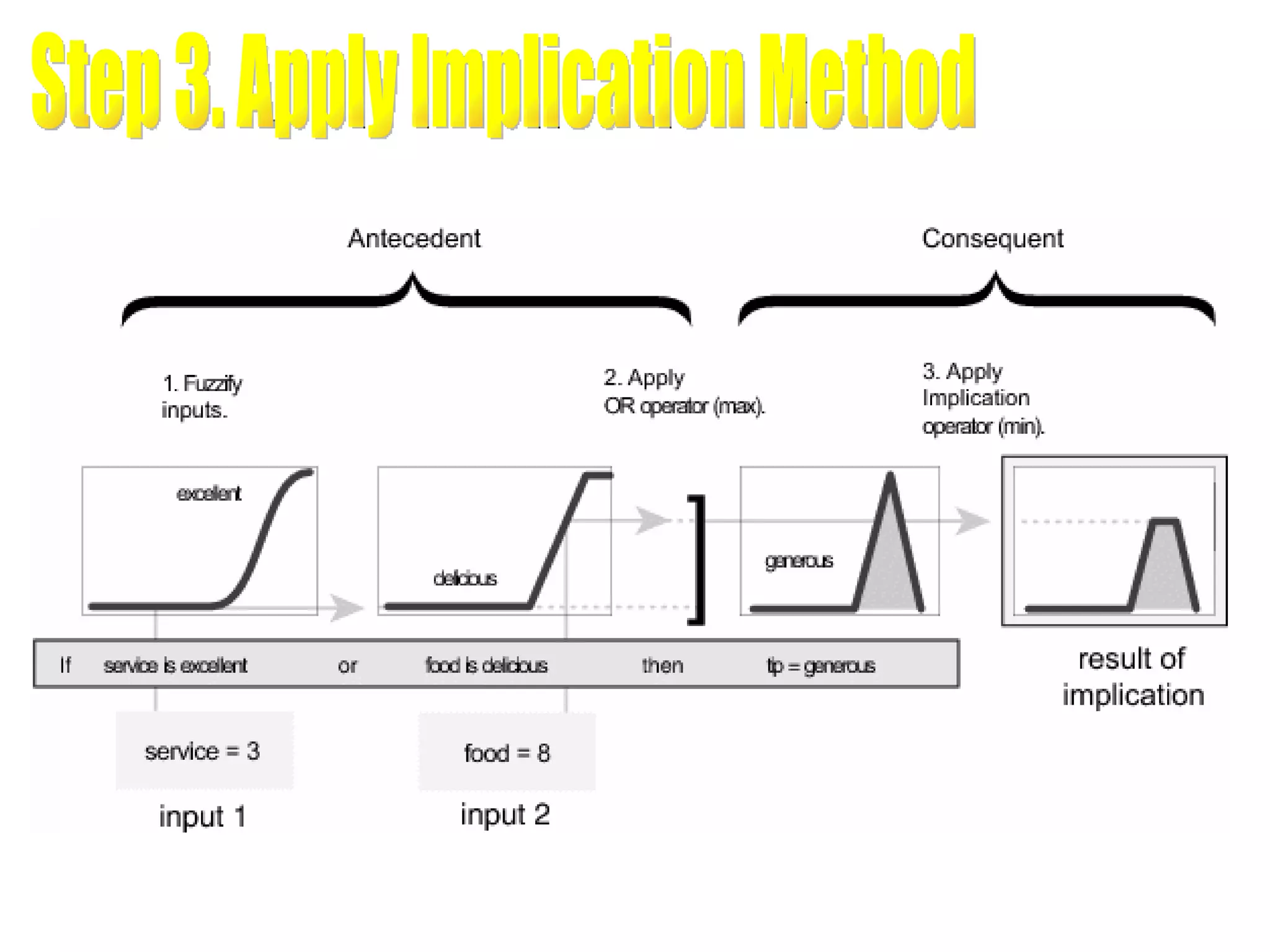
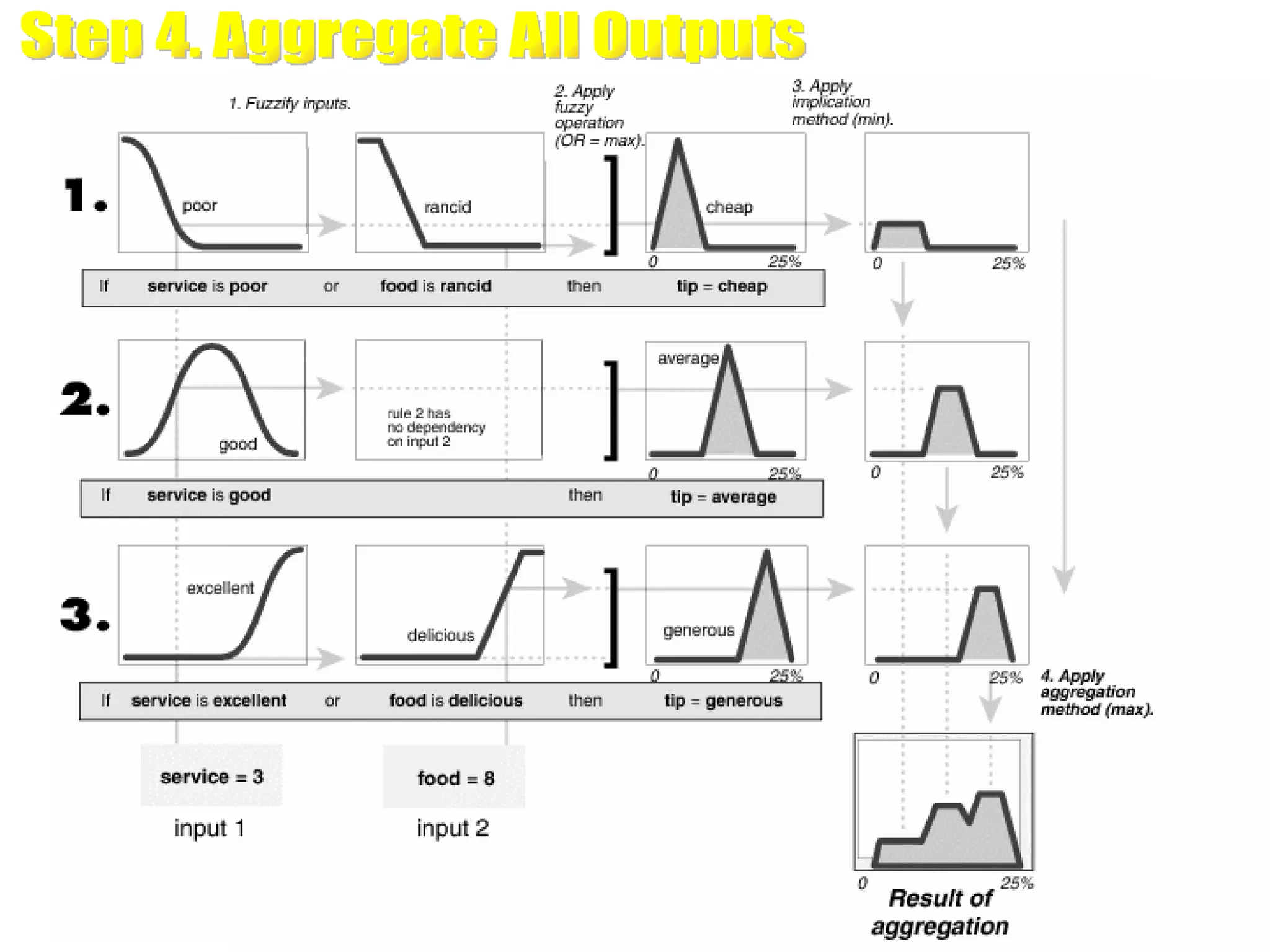
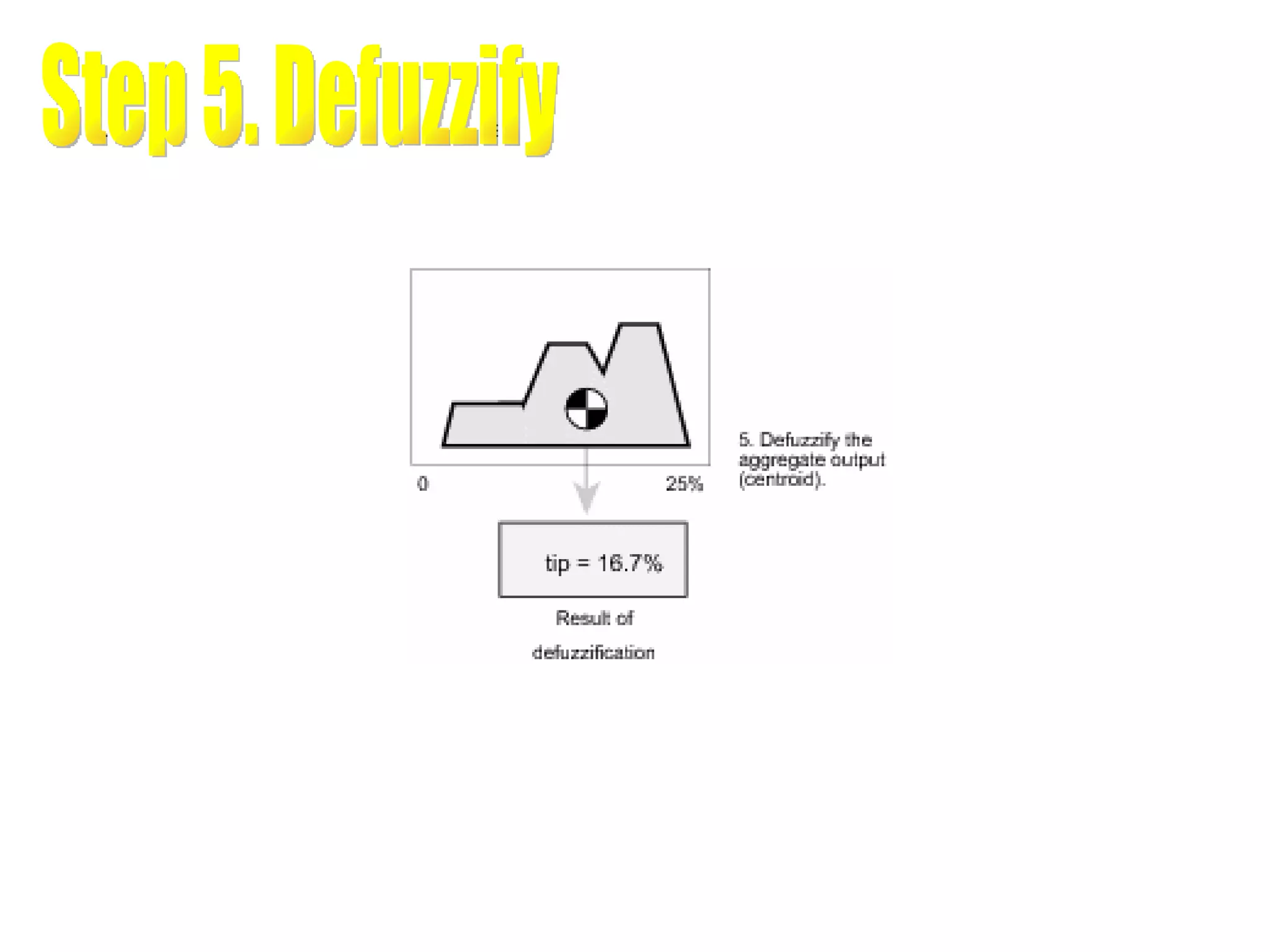
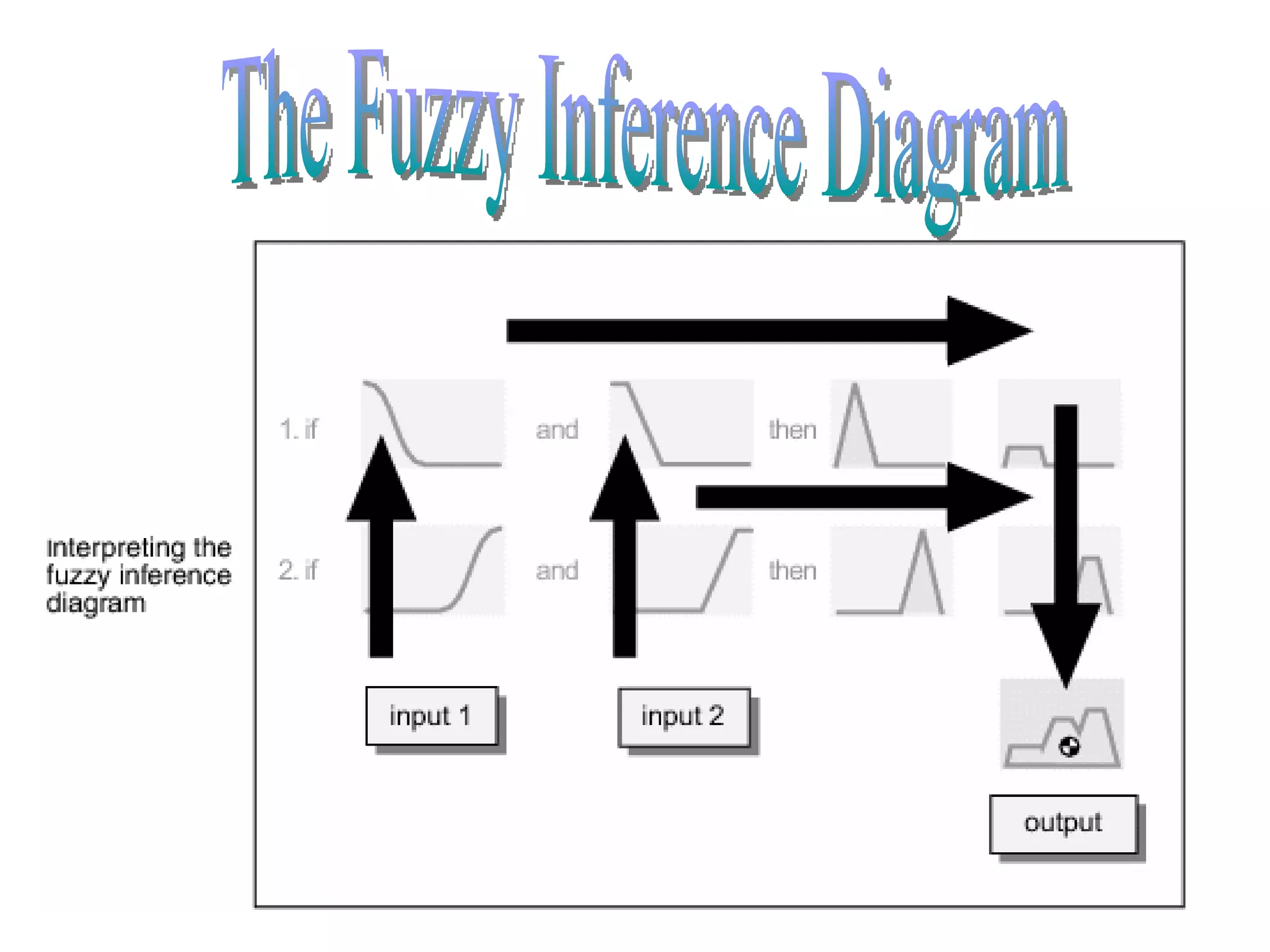

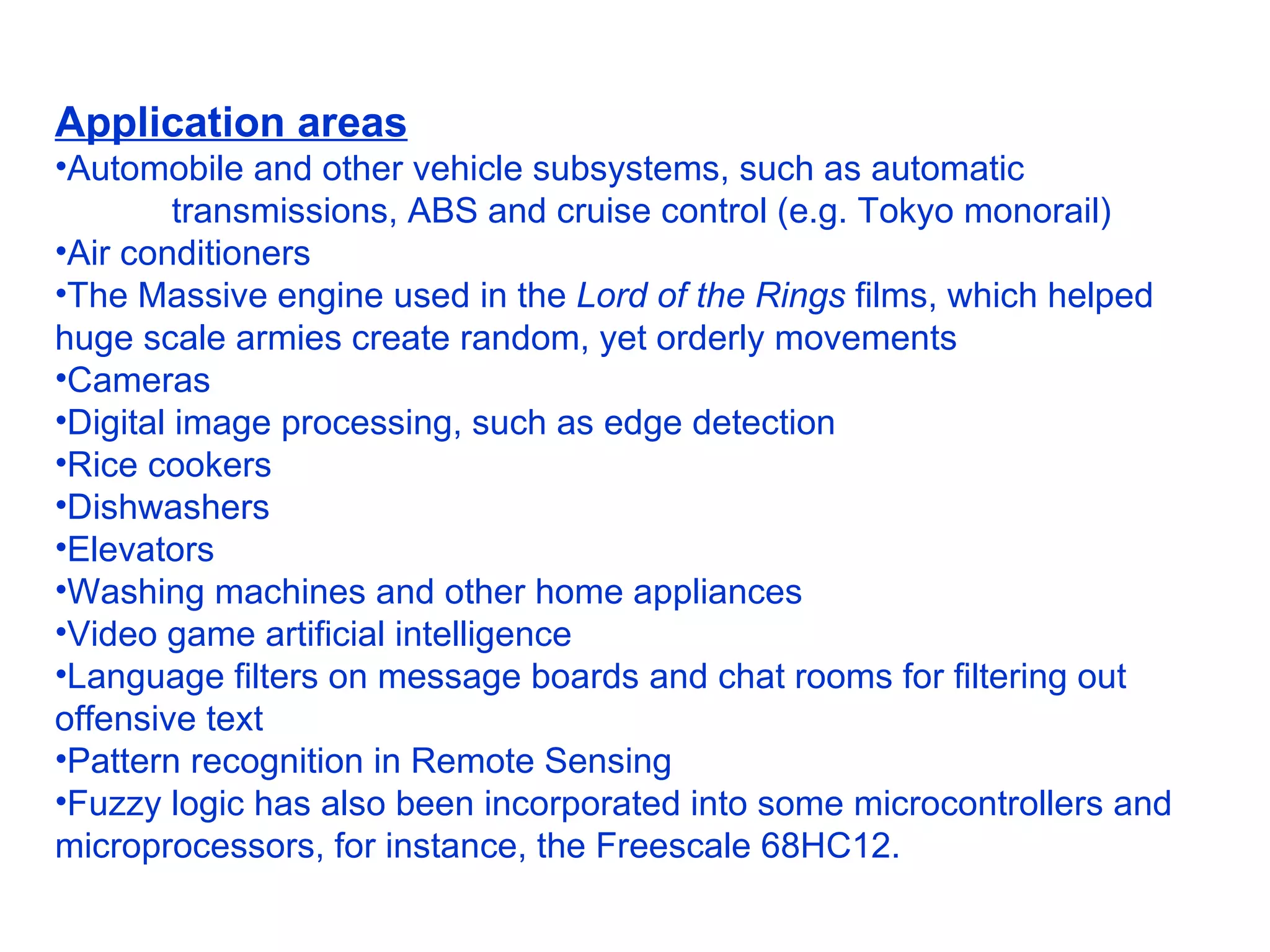
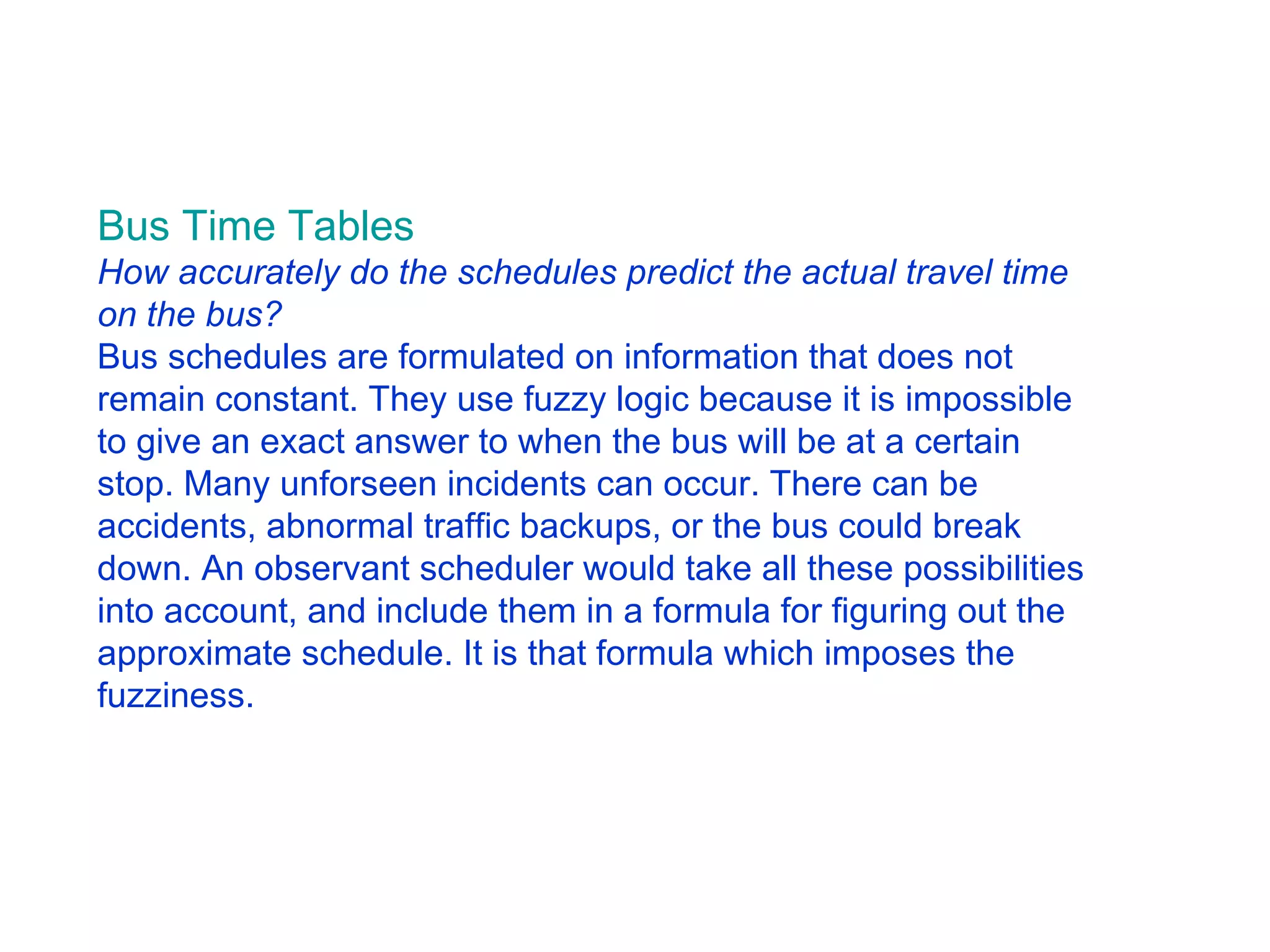

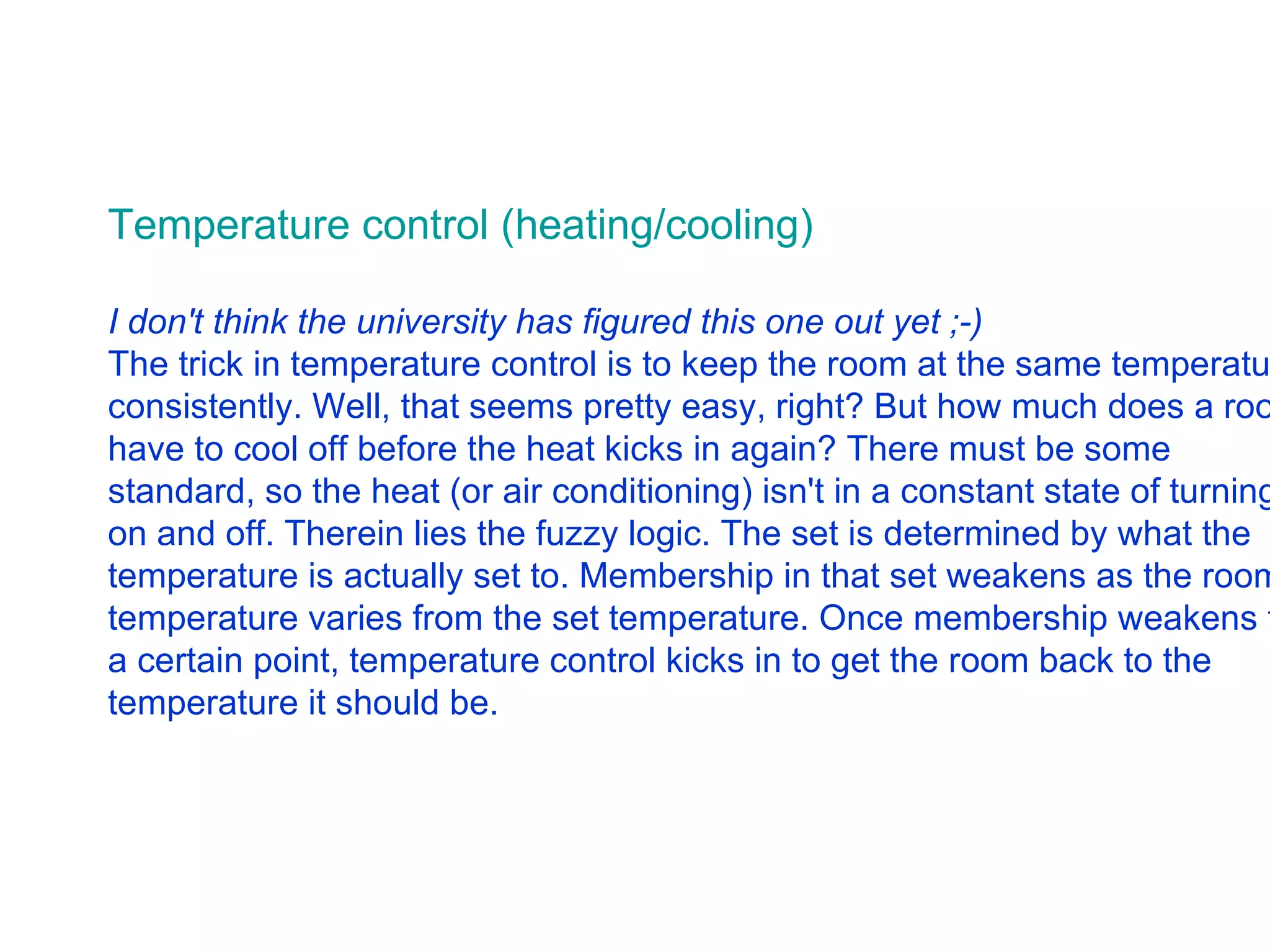
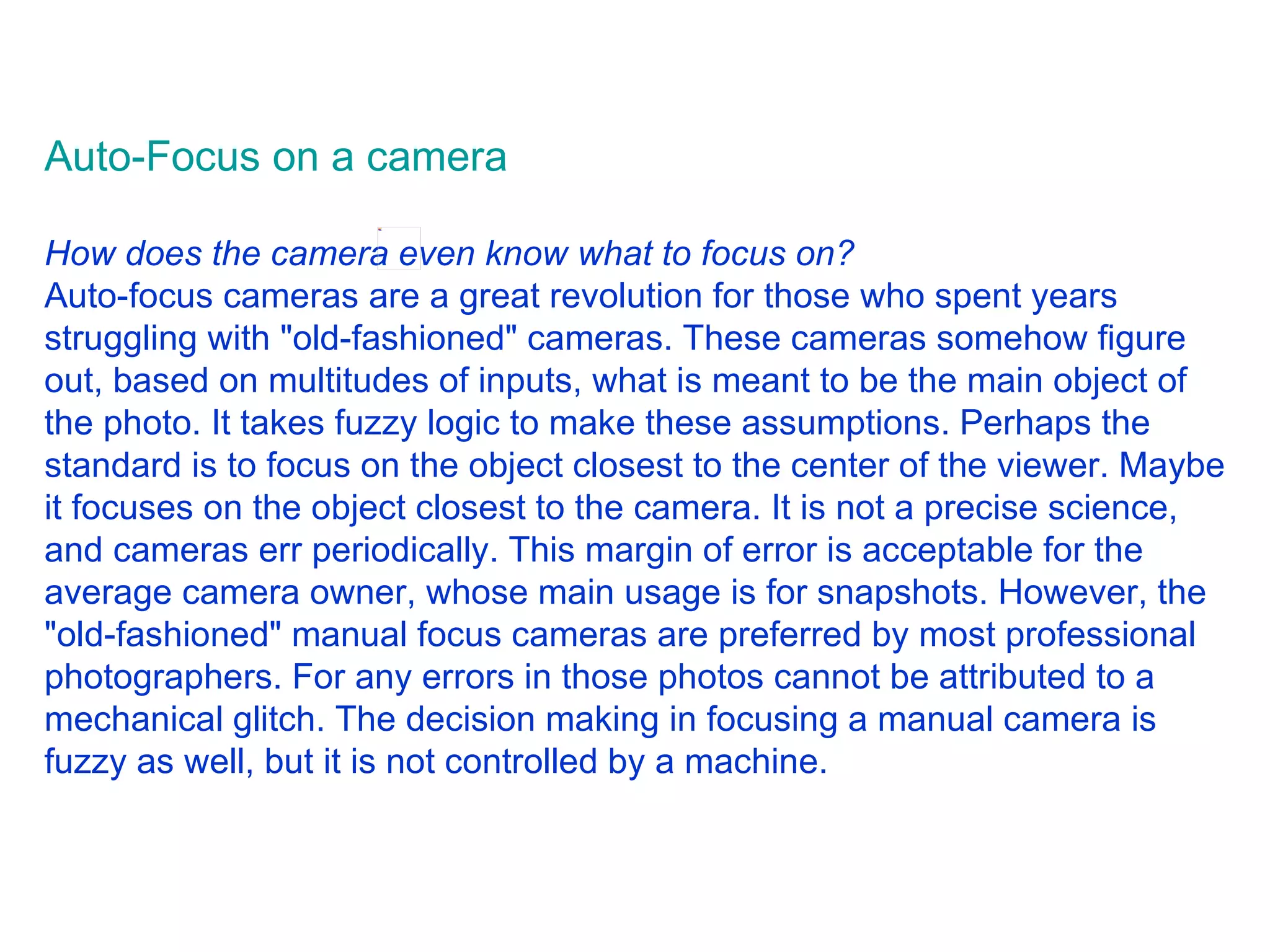


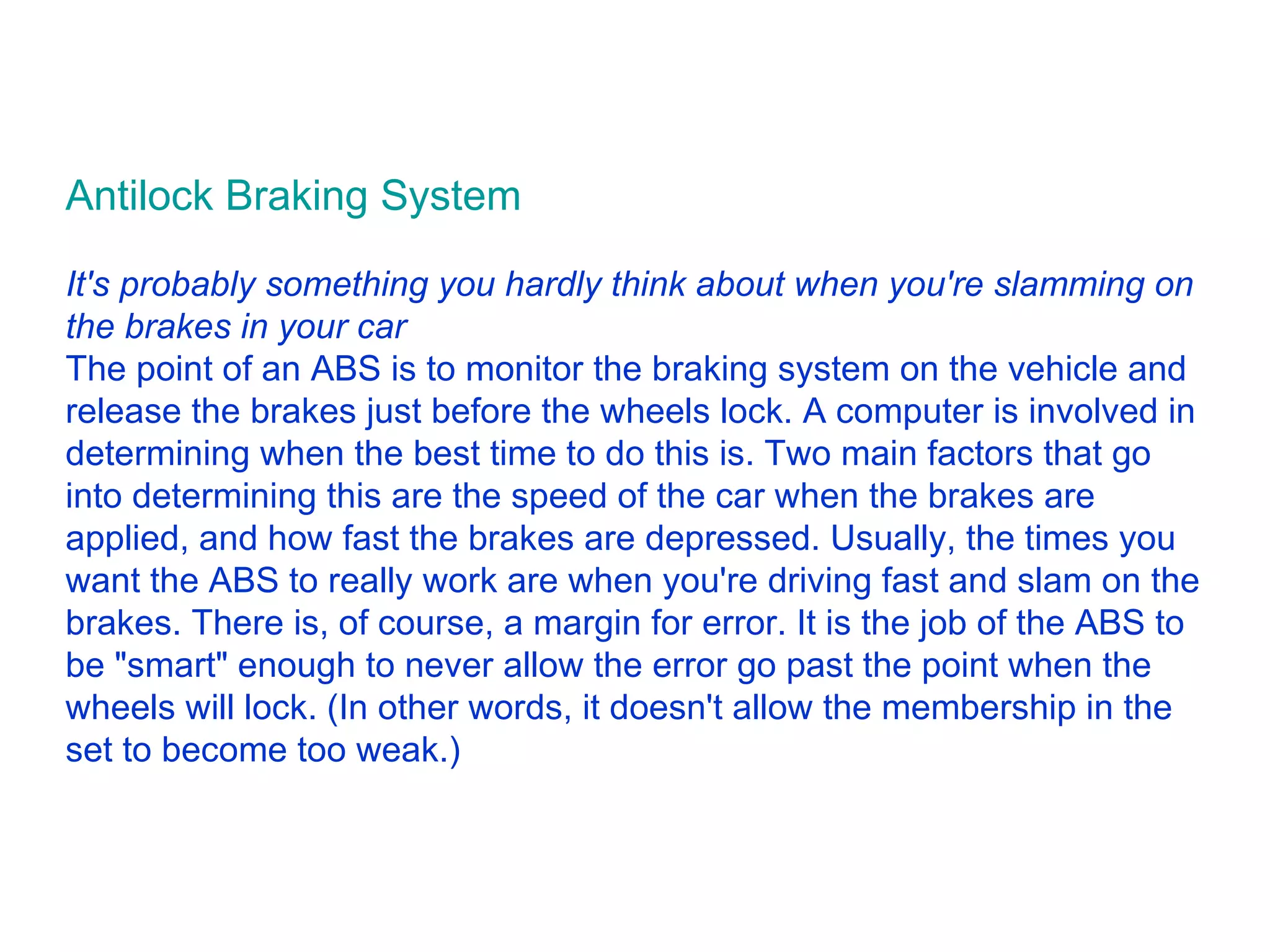
![http://www.mathworks.com/access/helpdesk/help/toolbox/ fuzzy/fp351dup8.html http://en.wikipedia.org/wiki/Neural_network http://www.dementia.org Fuzzy/Neurofuzzy Logic [online] Neurosciences. Available from internet: < http://www.neurosciences.com/nn_fzy.htm >. Goebel, Greg. An Introduction to Fuzzy Control Systems [ online ] 23 December 1995.[ cited 24 October 1999 ]. Available from the World Wide Web: < http://www.isis.ecs.soton.ac.uk/research/nfinfo/fuzzycontrol.html >.](https://image.slidesharecdn.com/presentation2-fl-1229405930108131-1/75/fuzzy-logic-43-2048.jpg)

